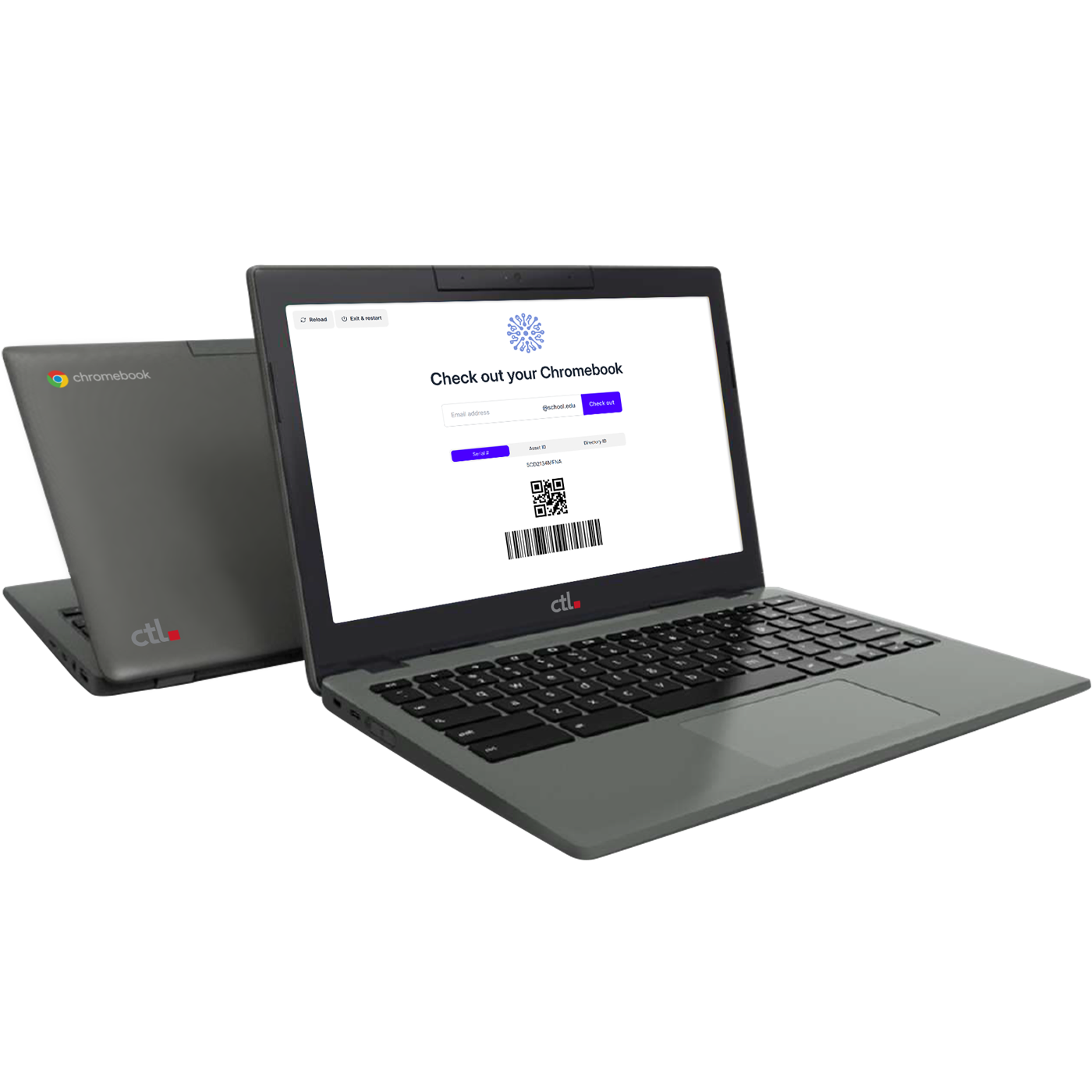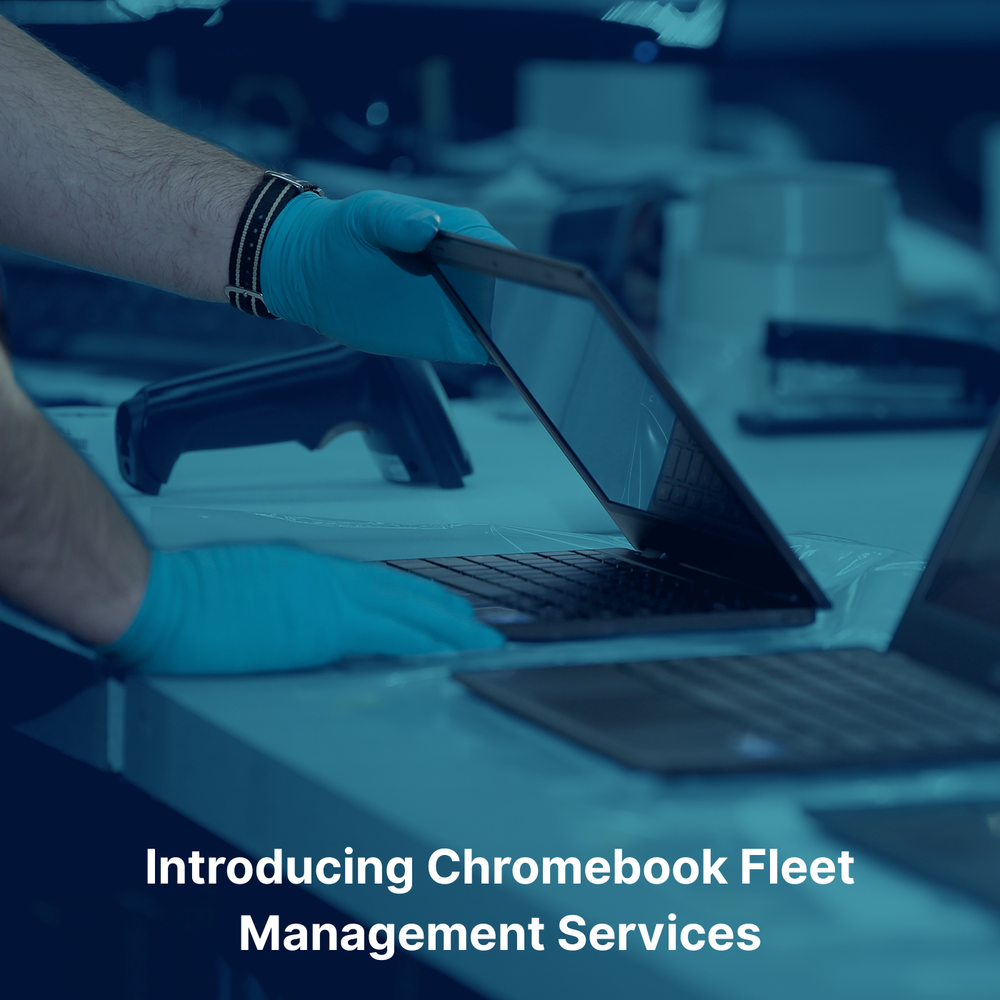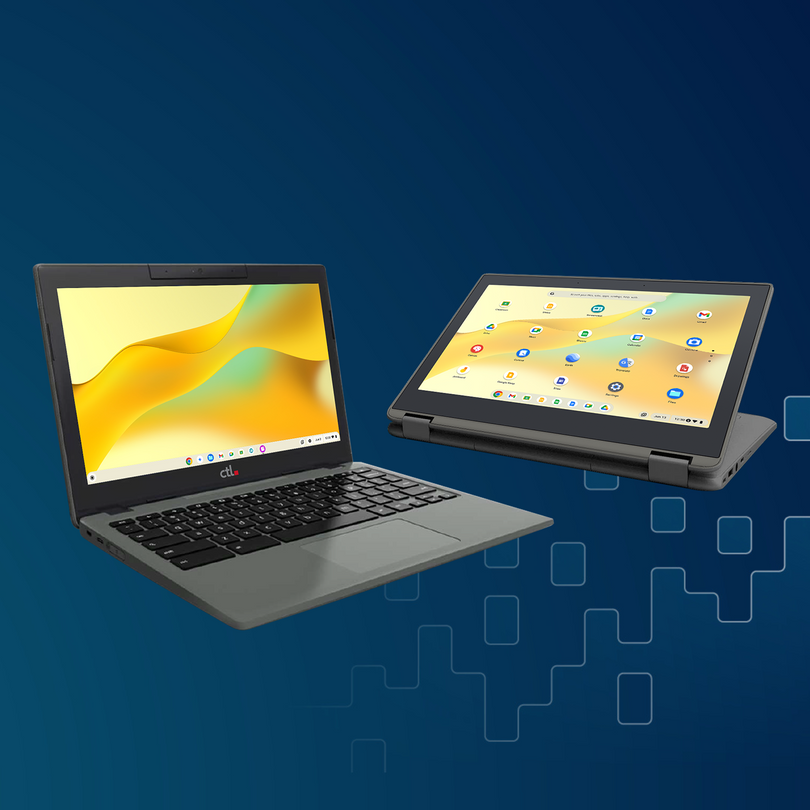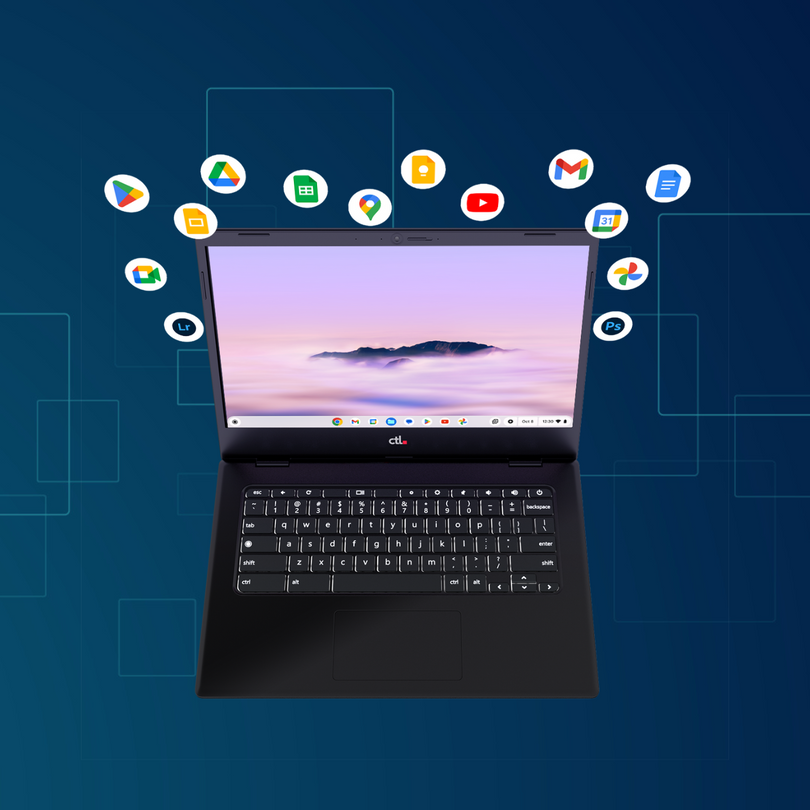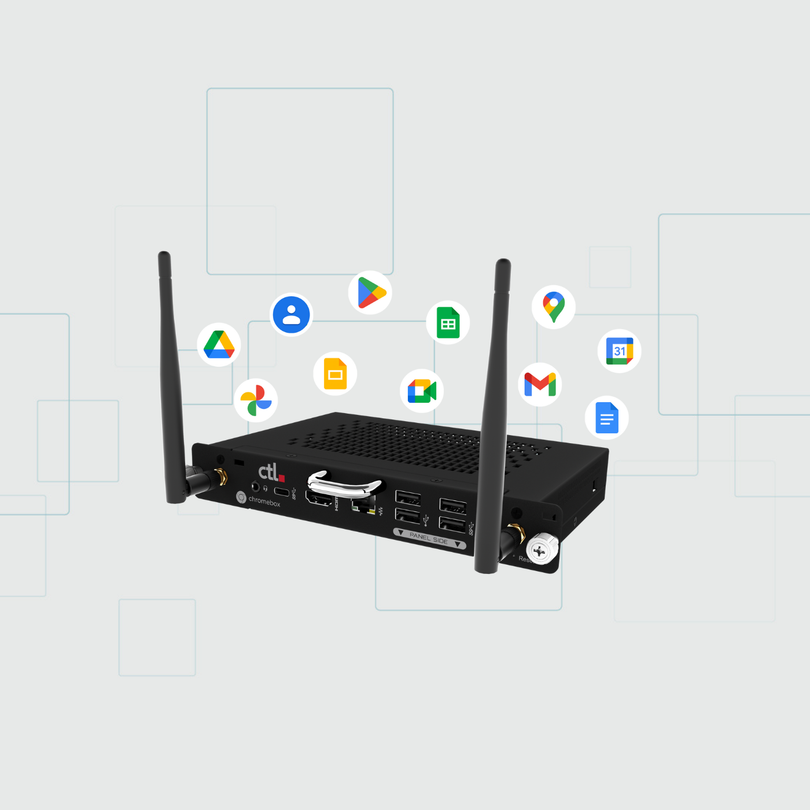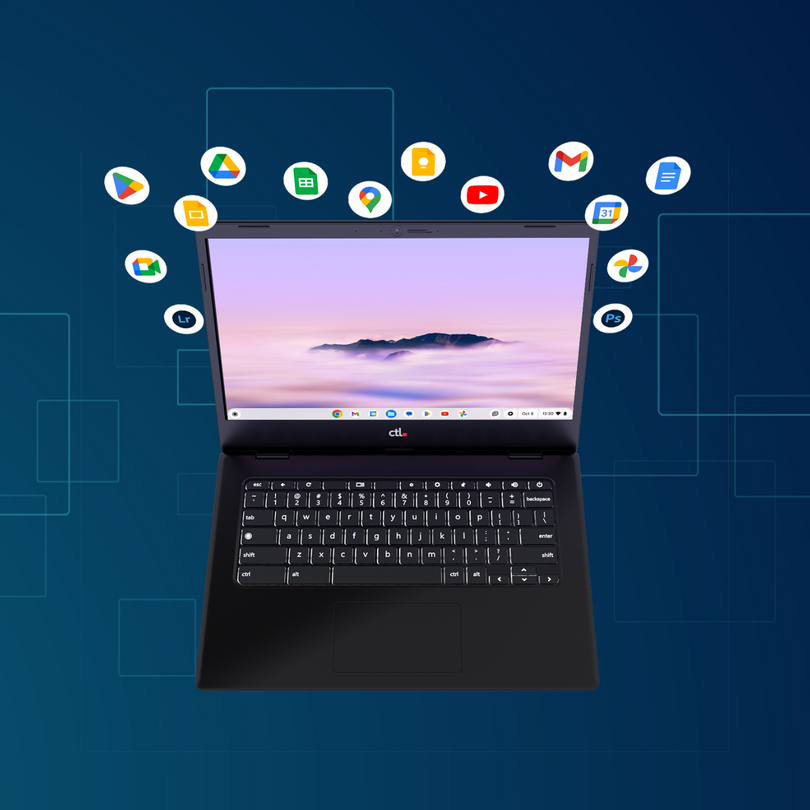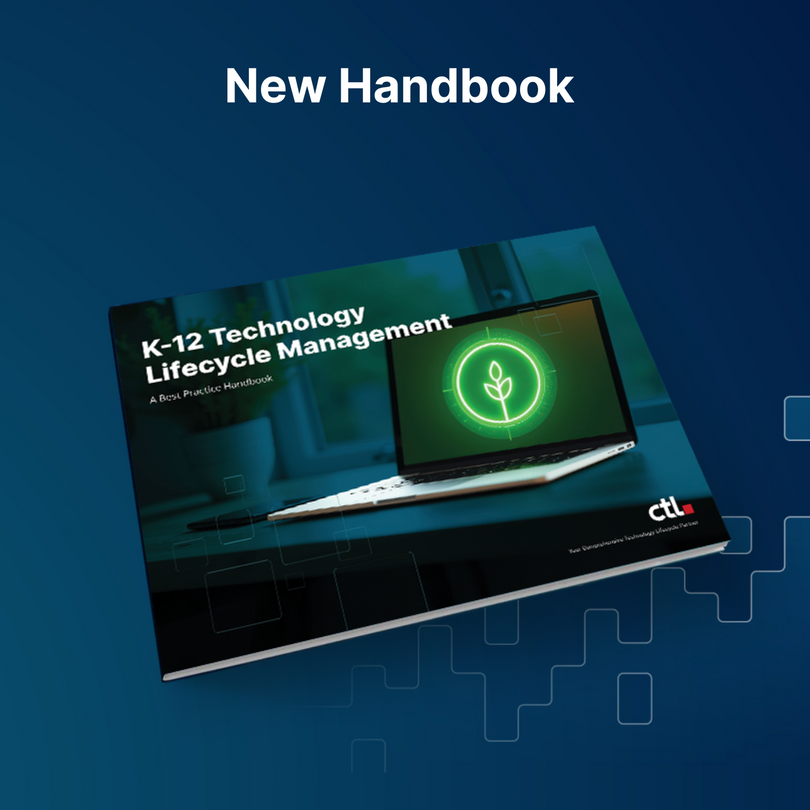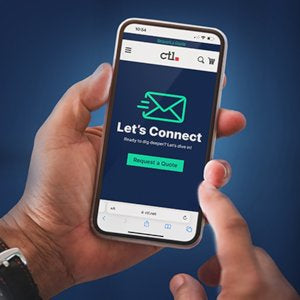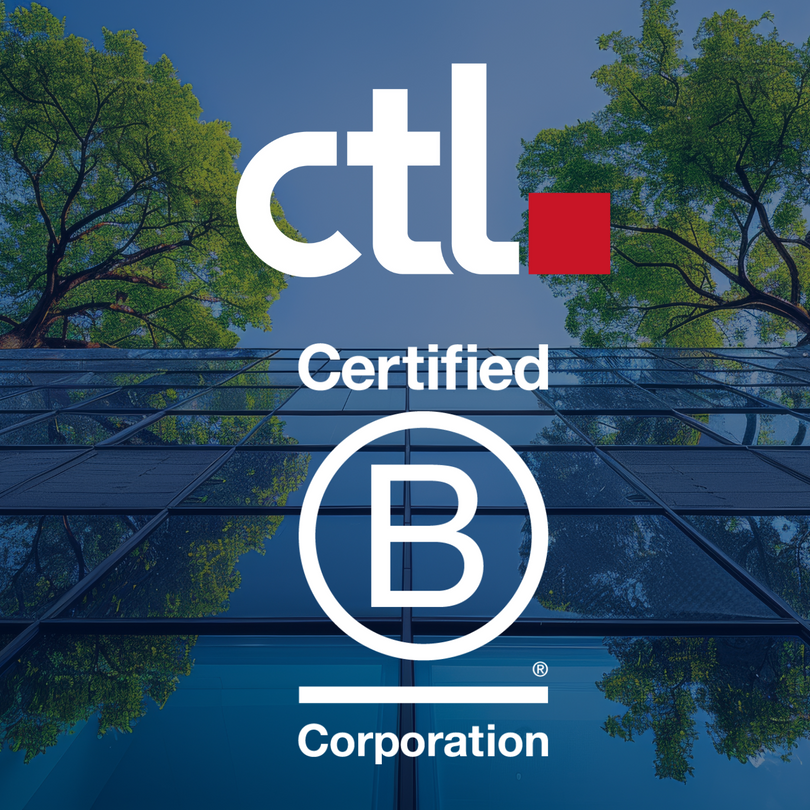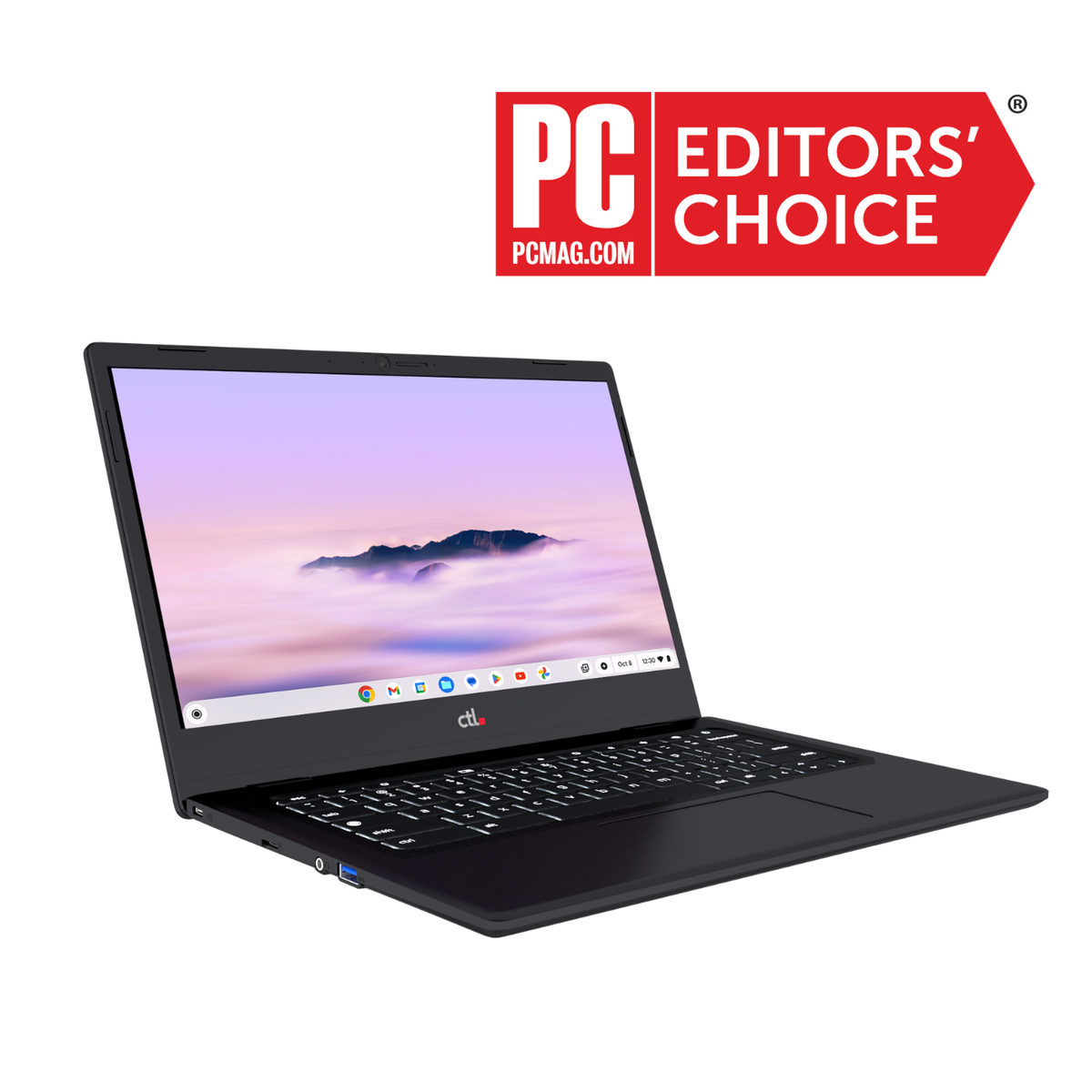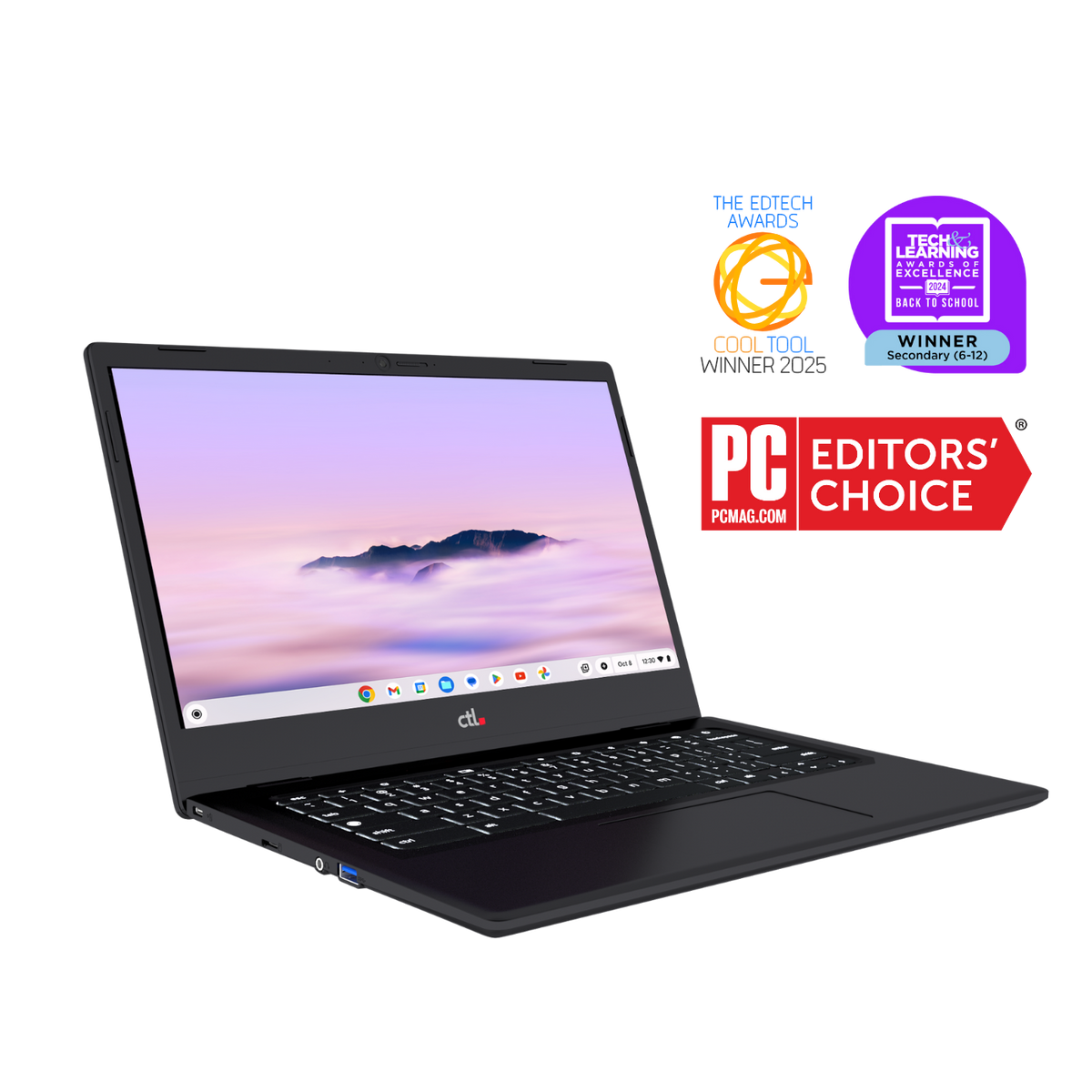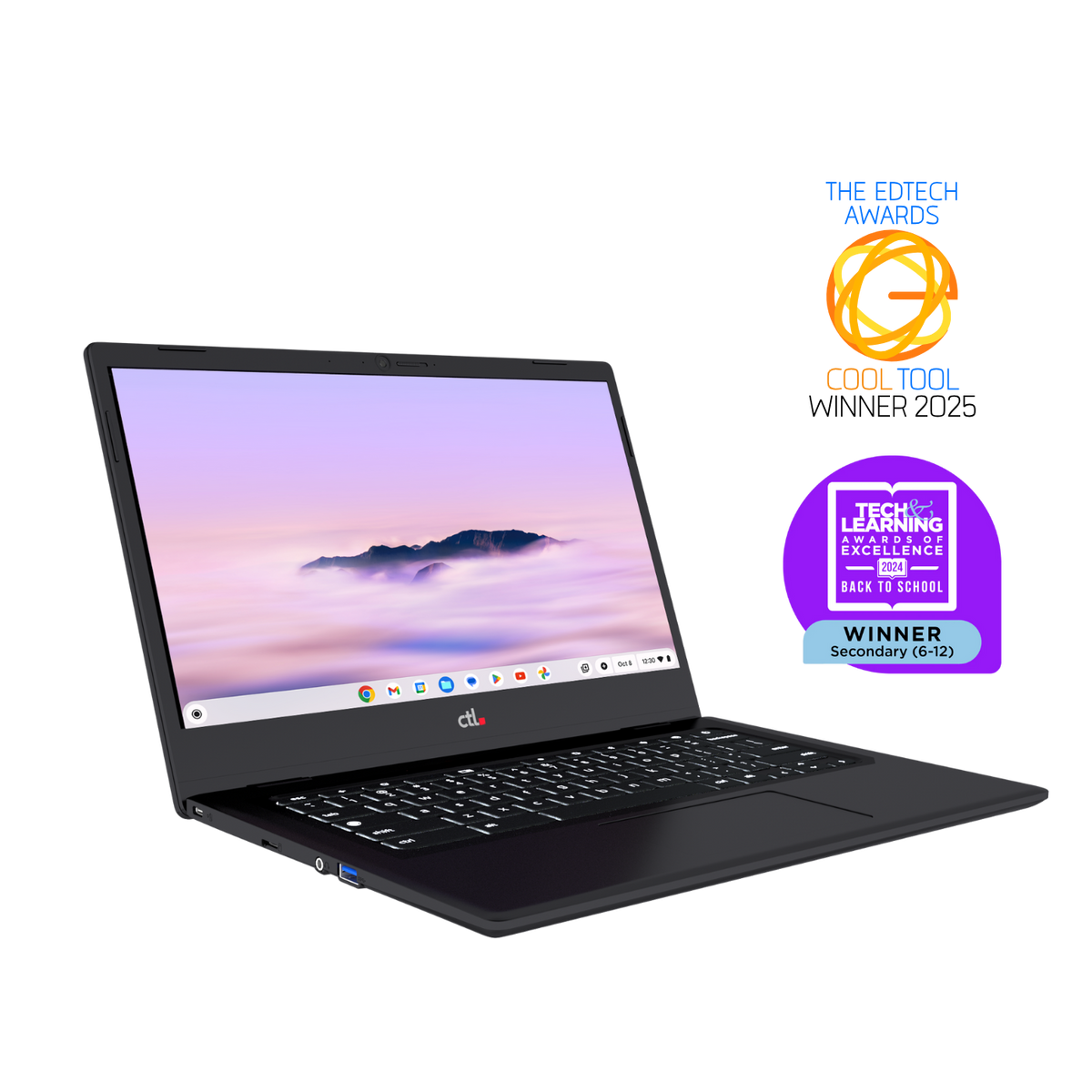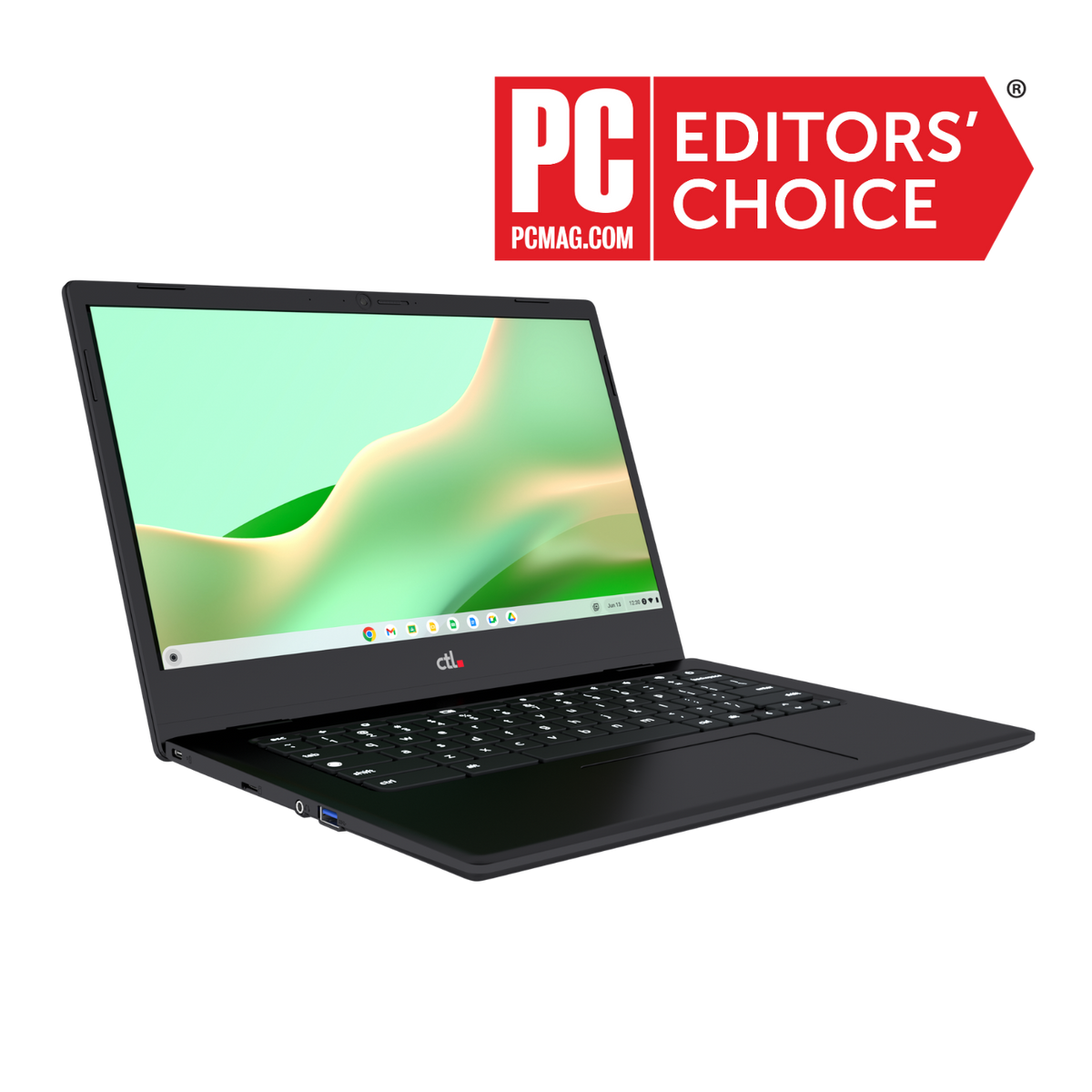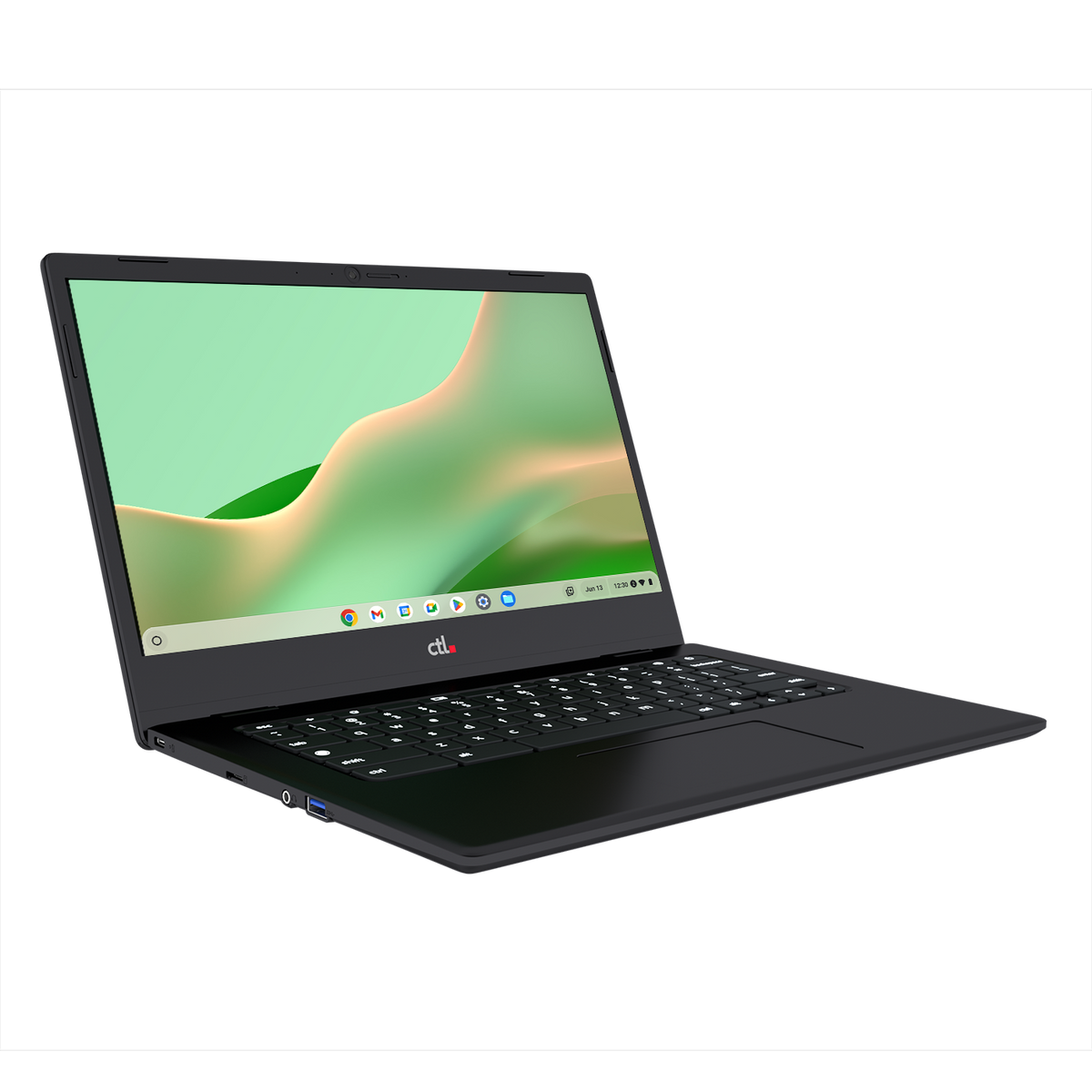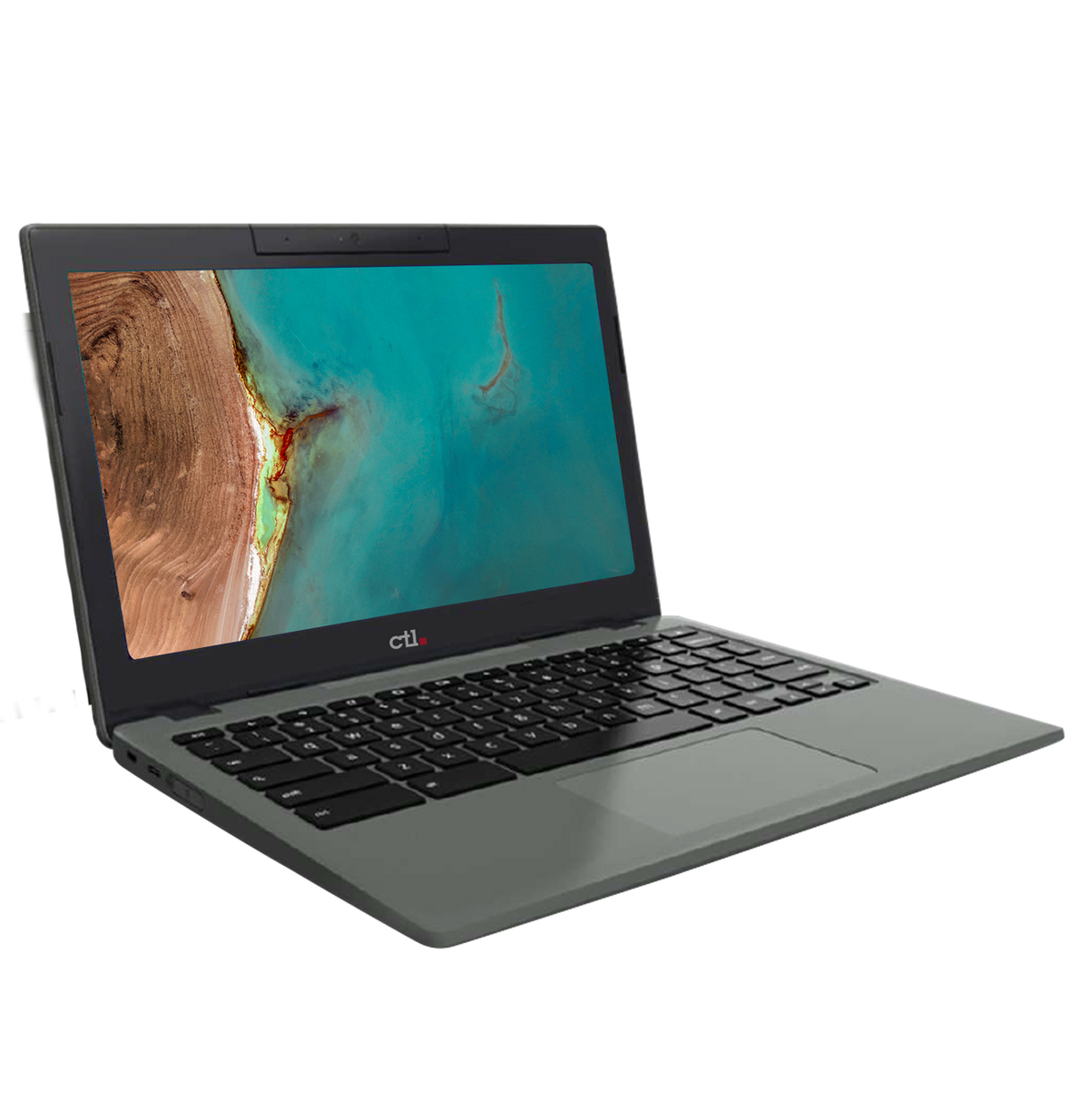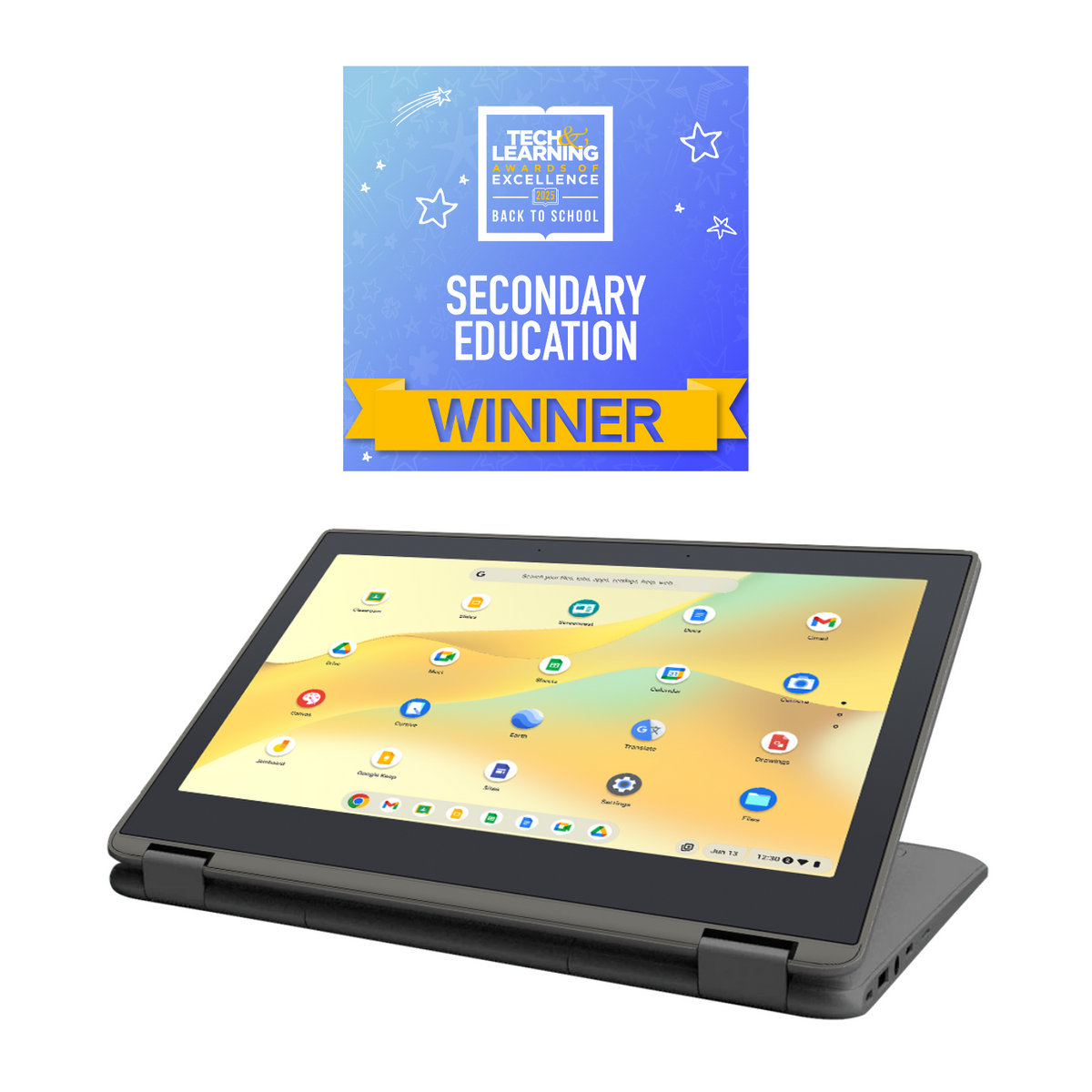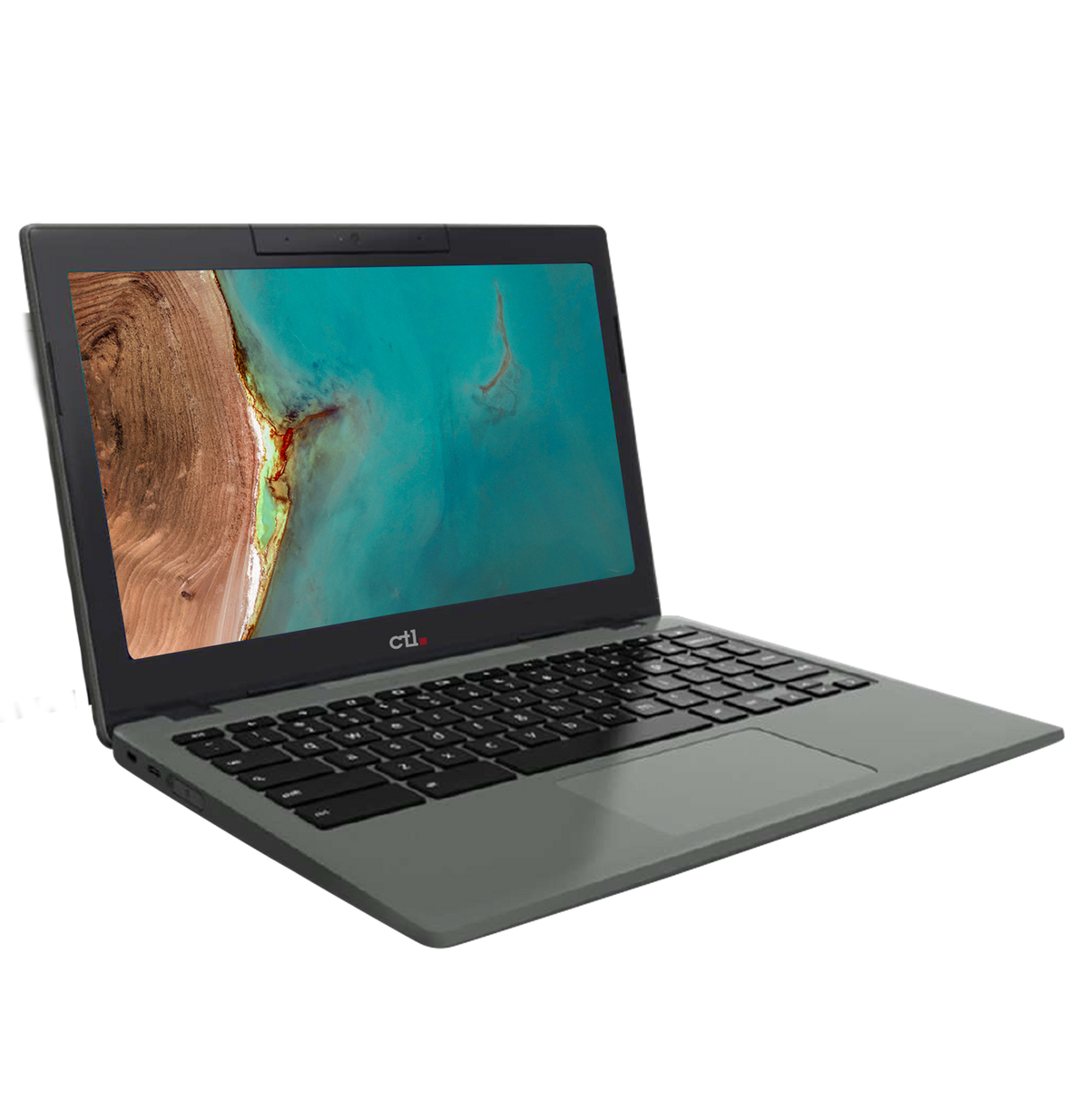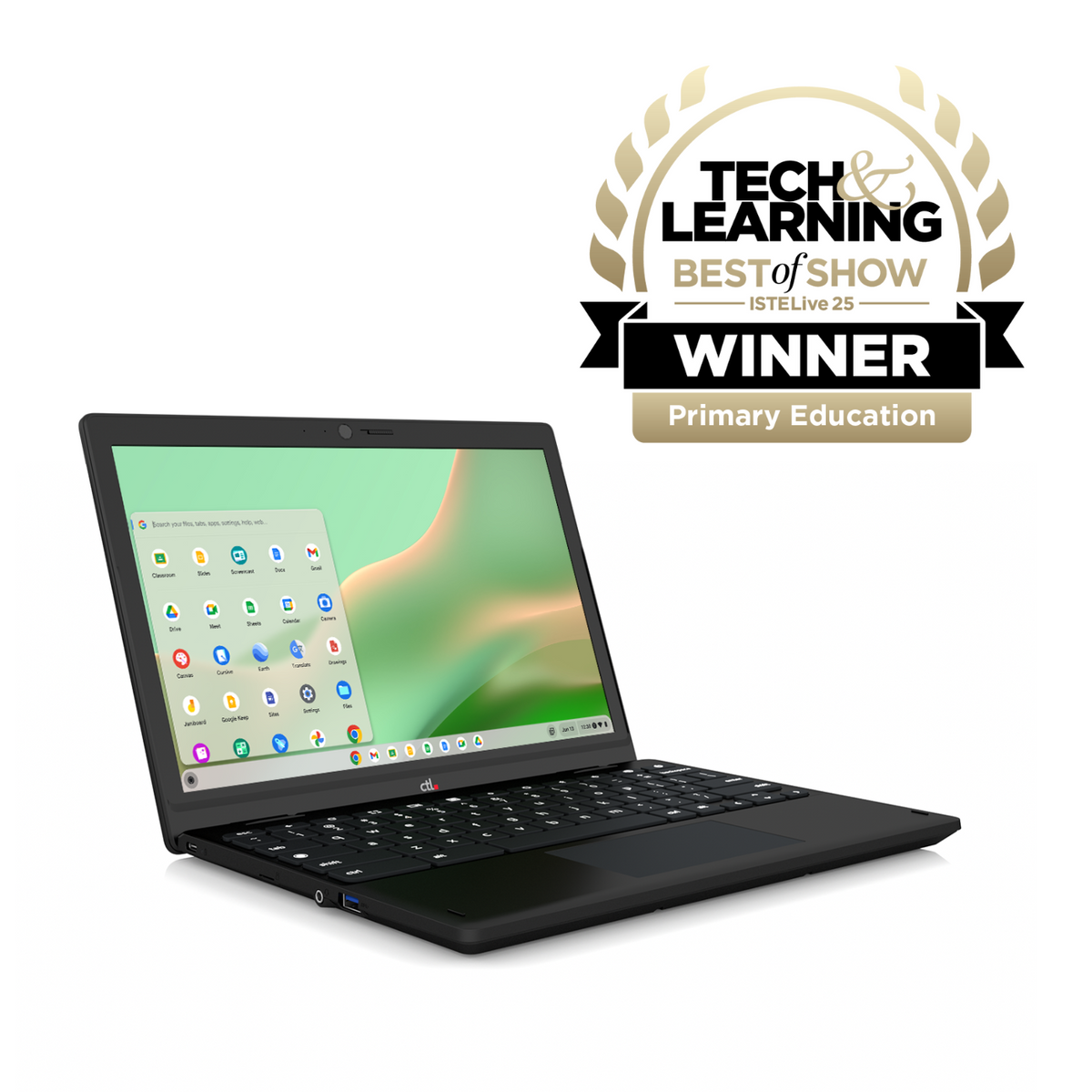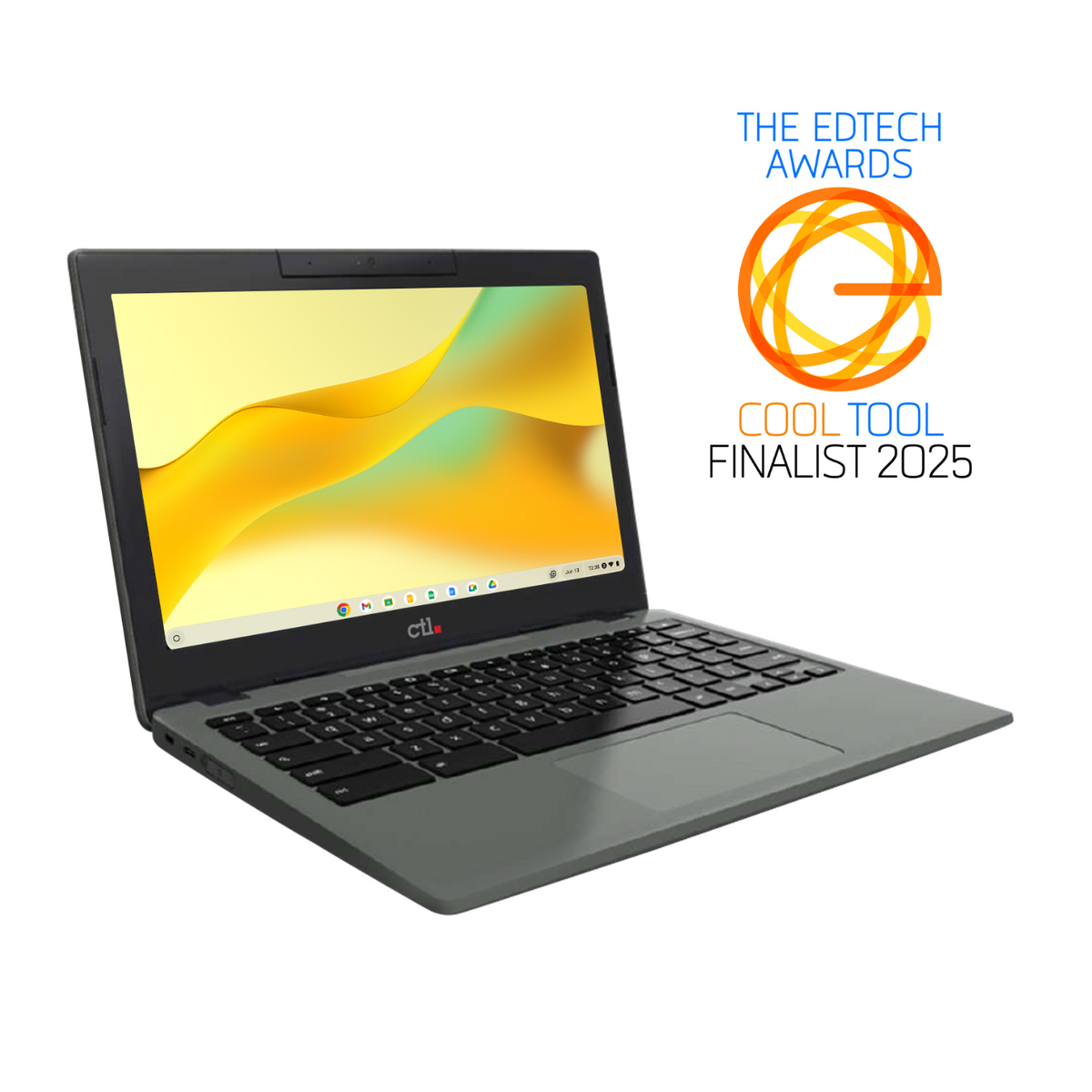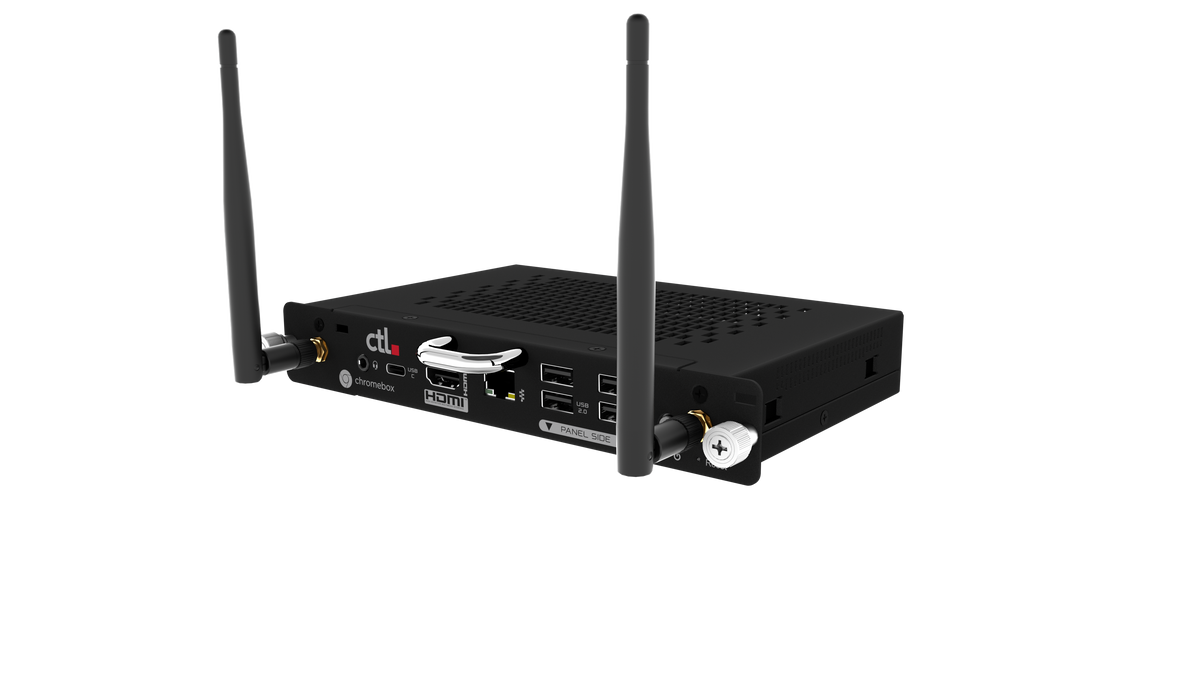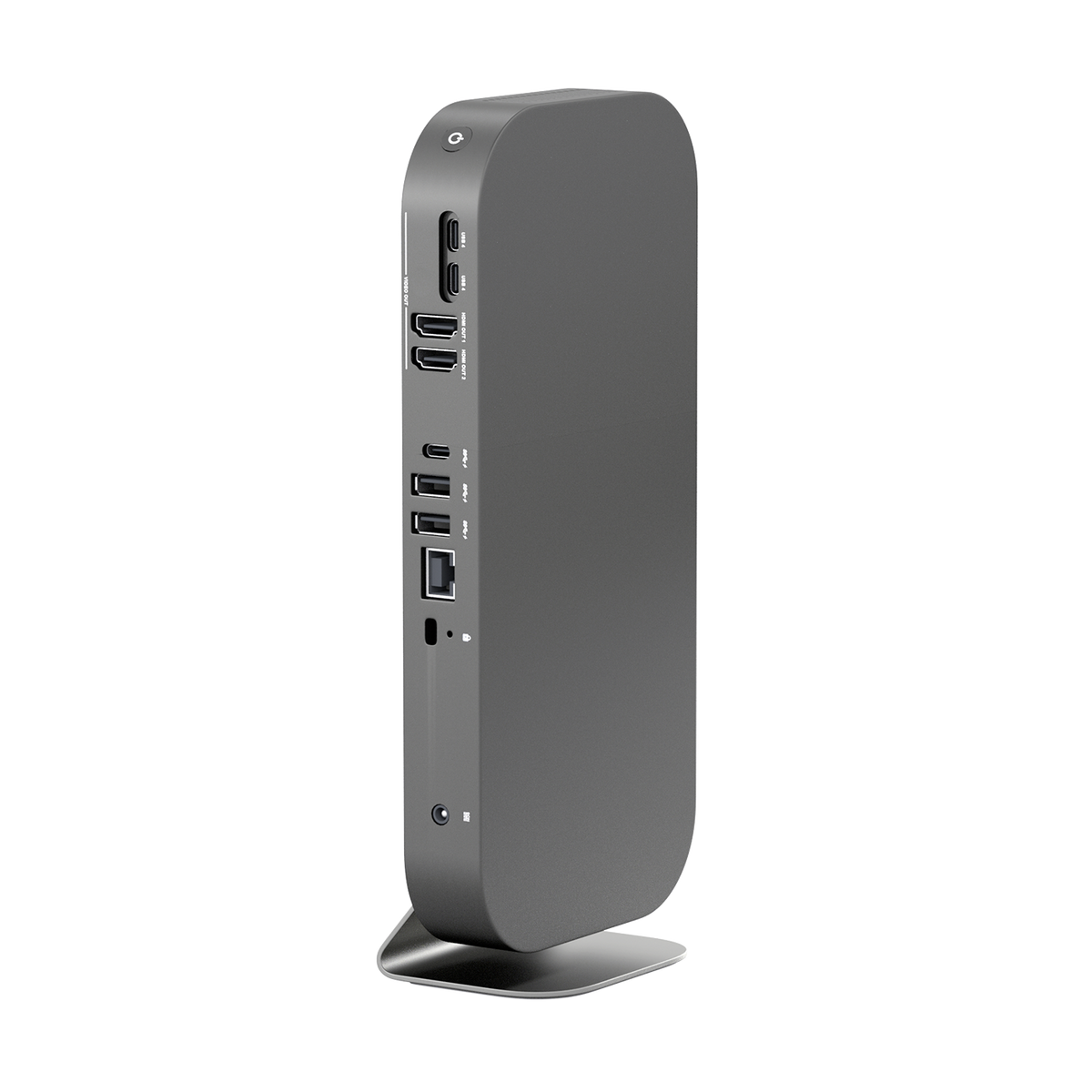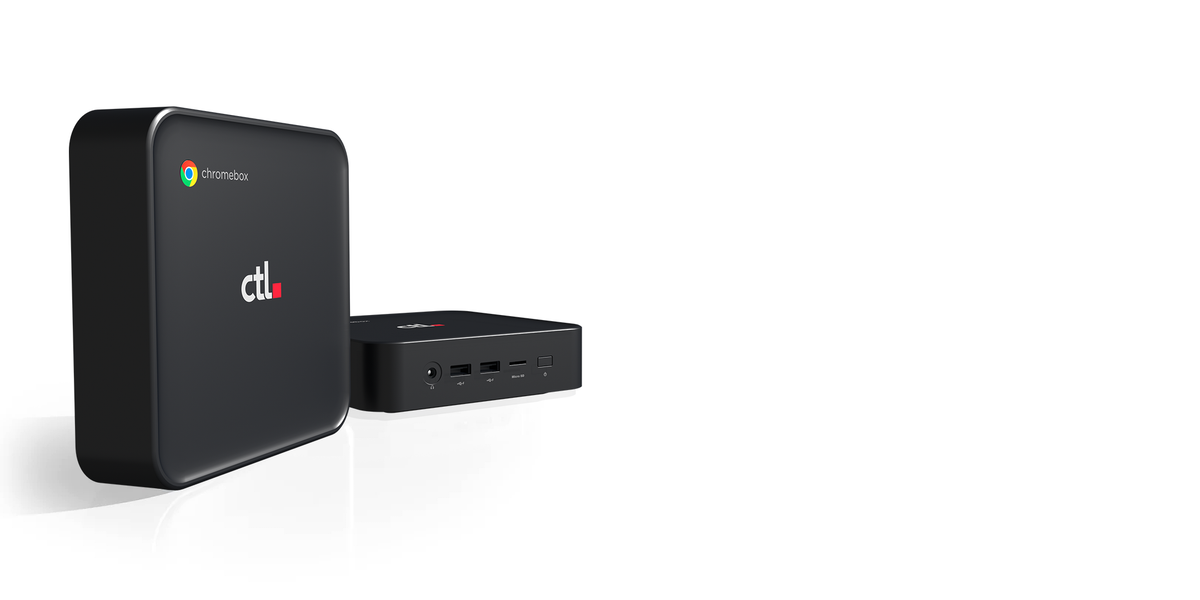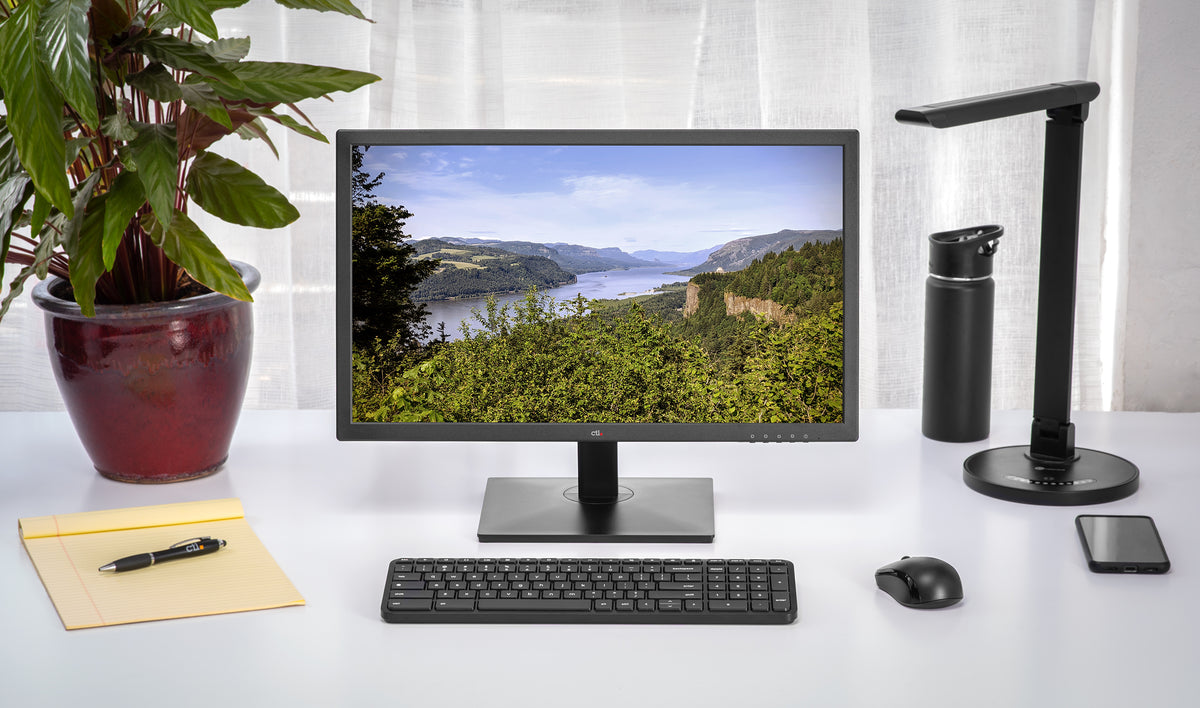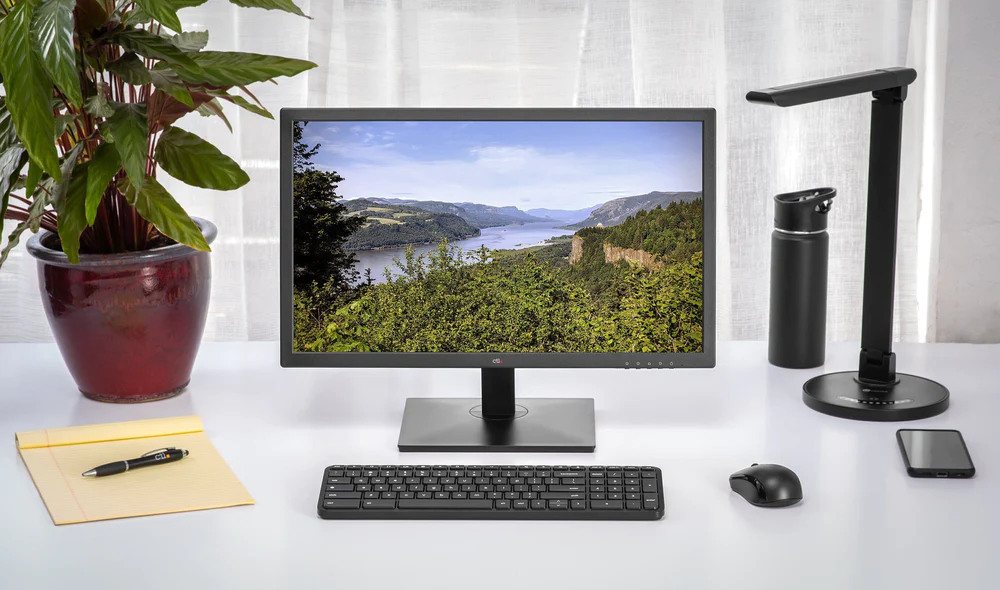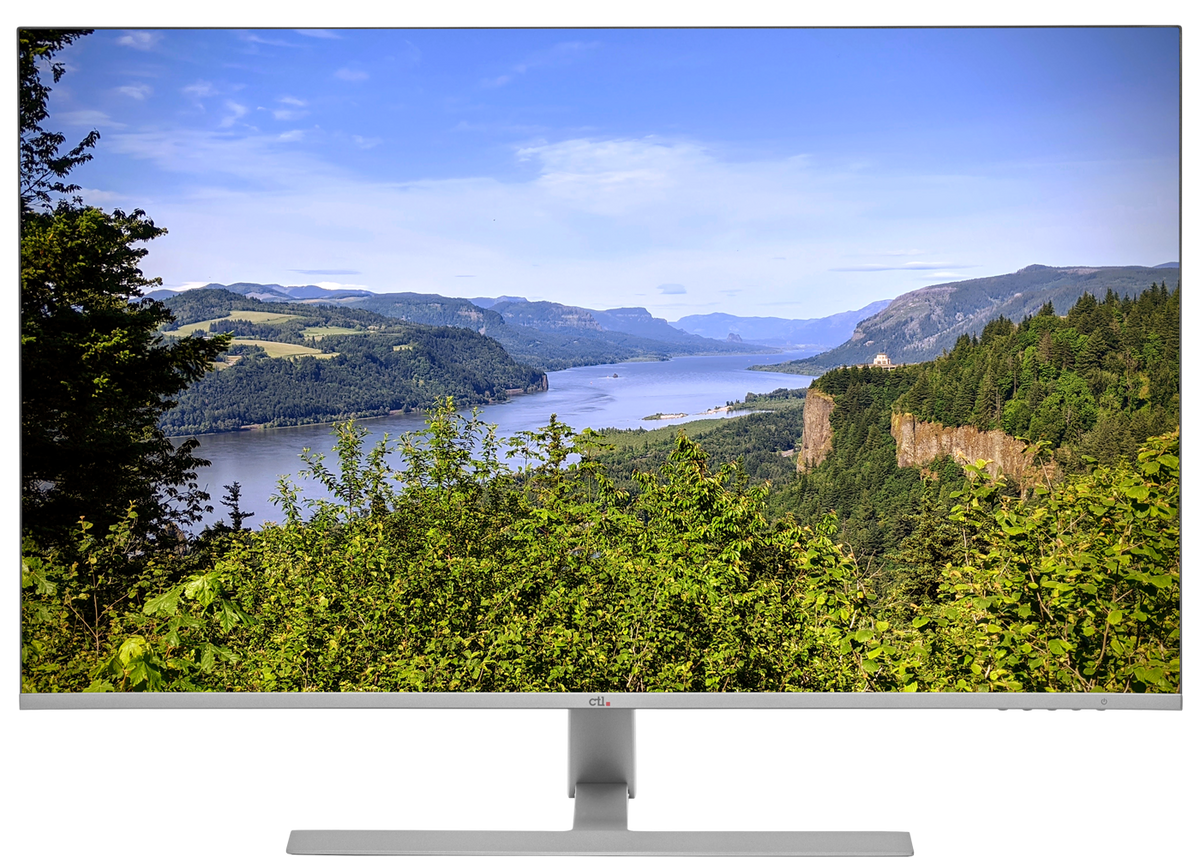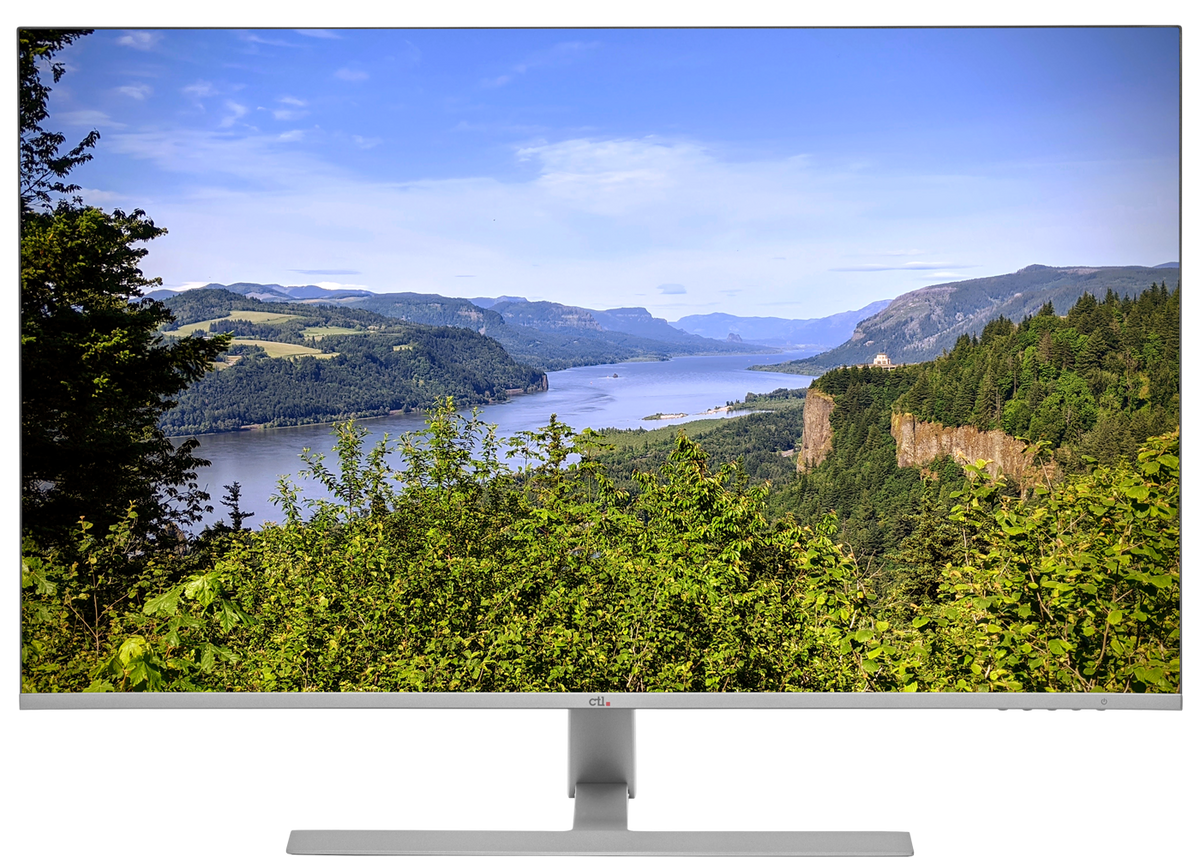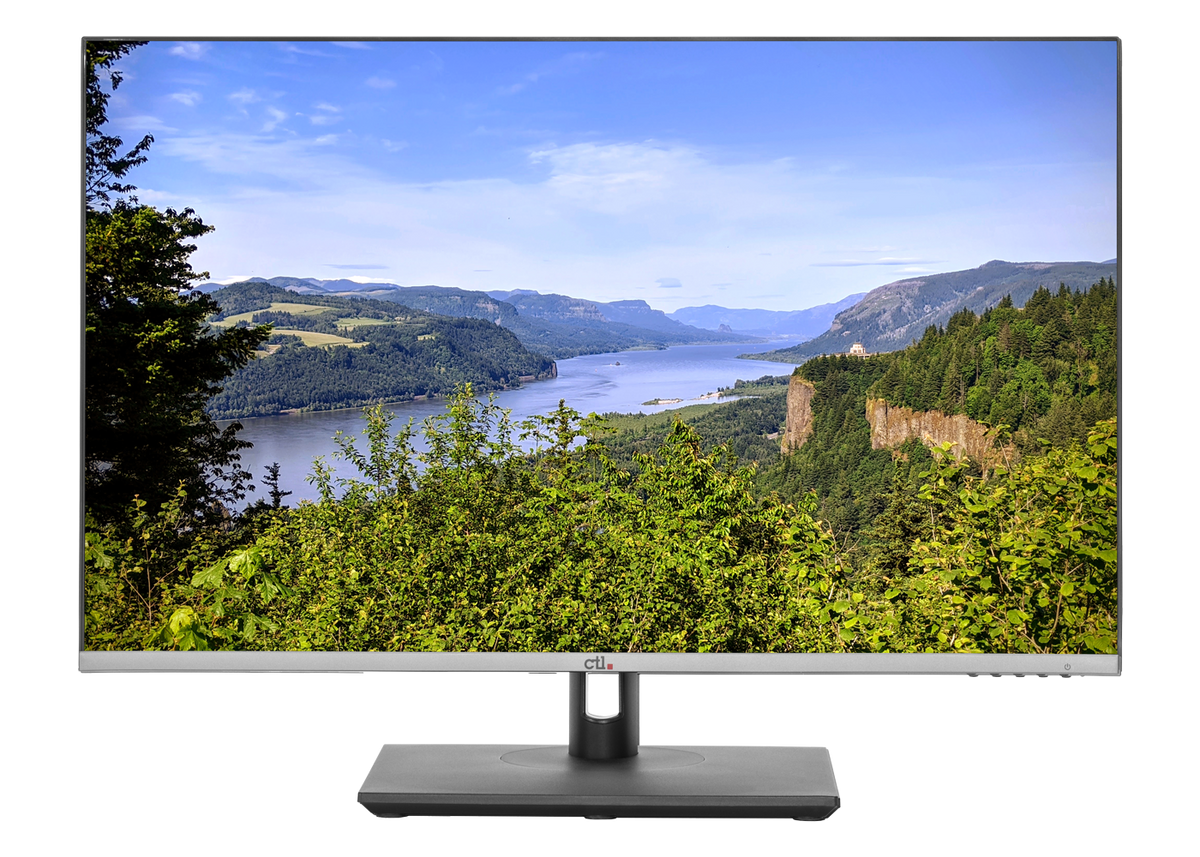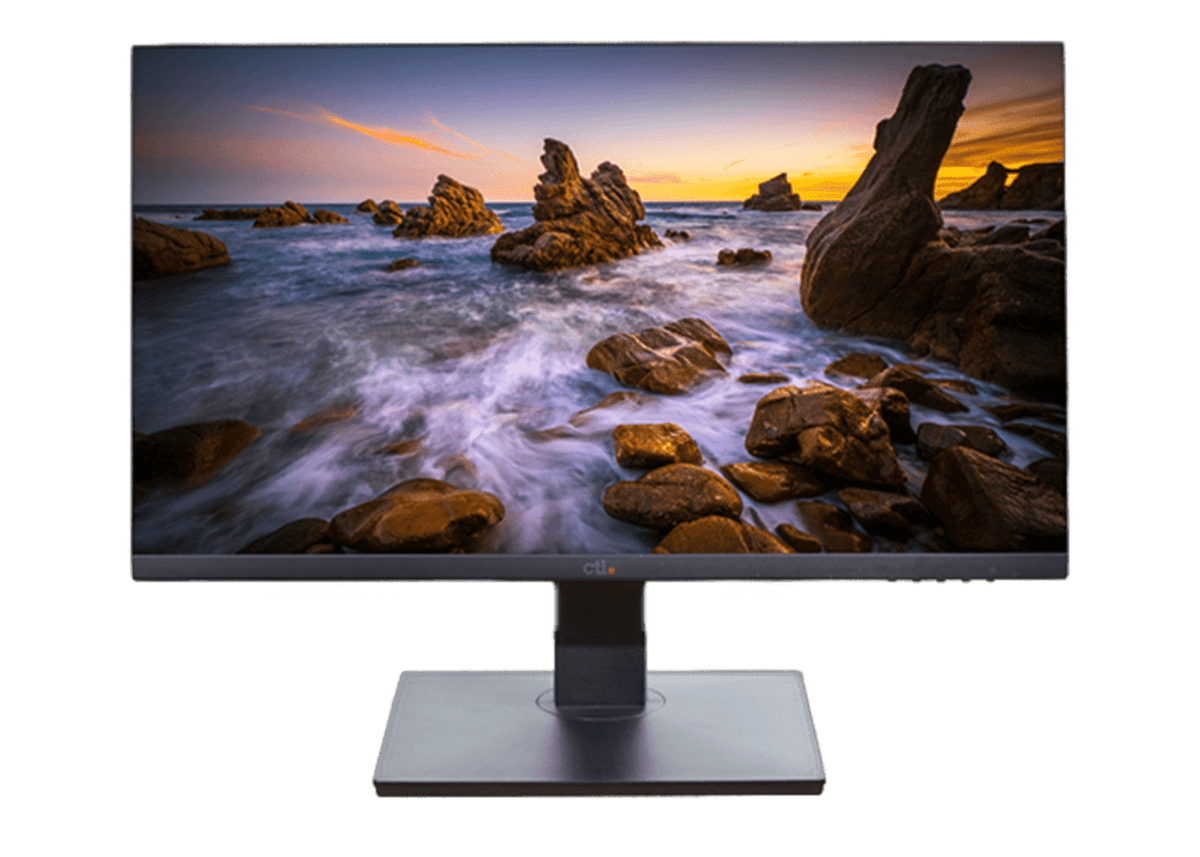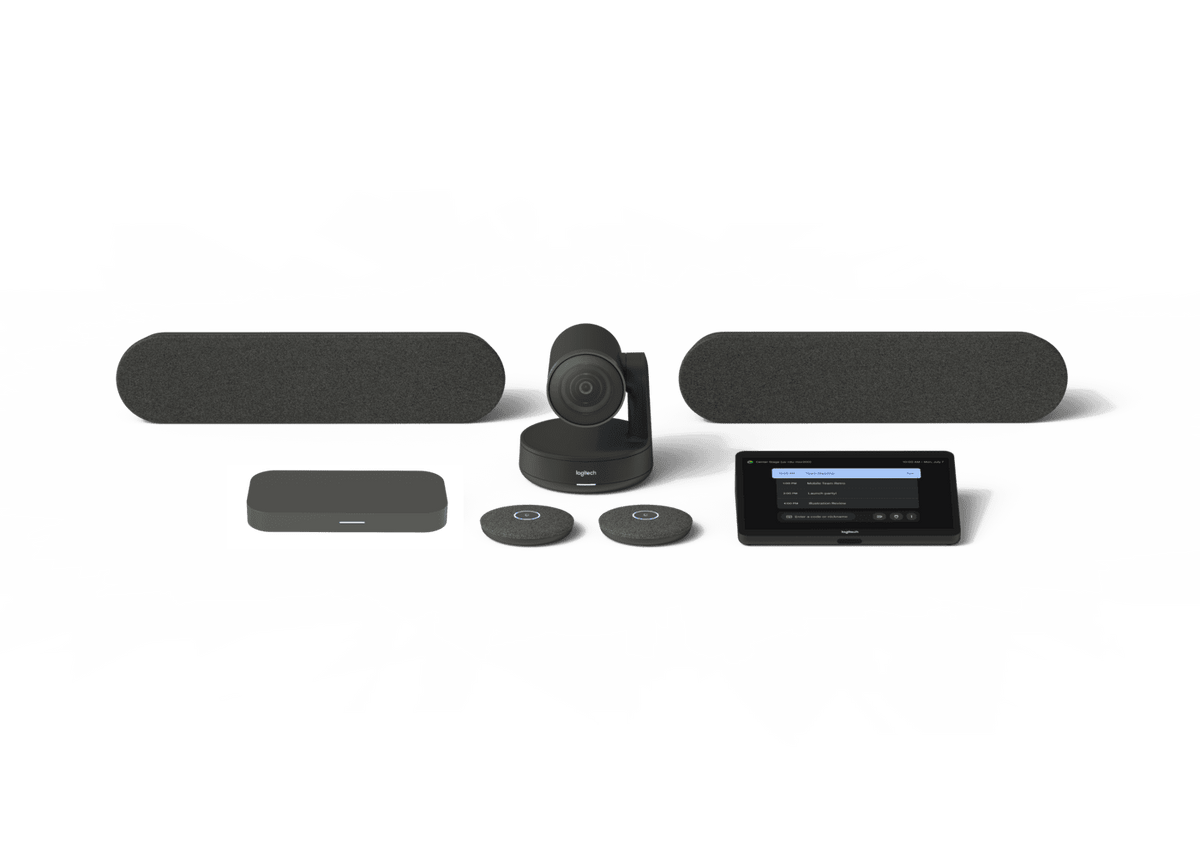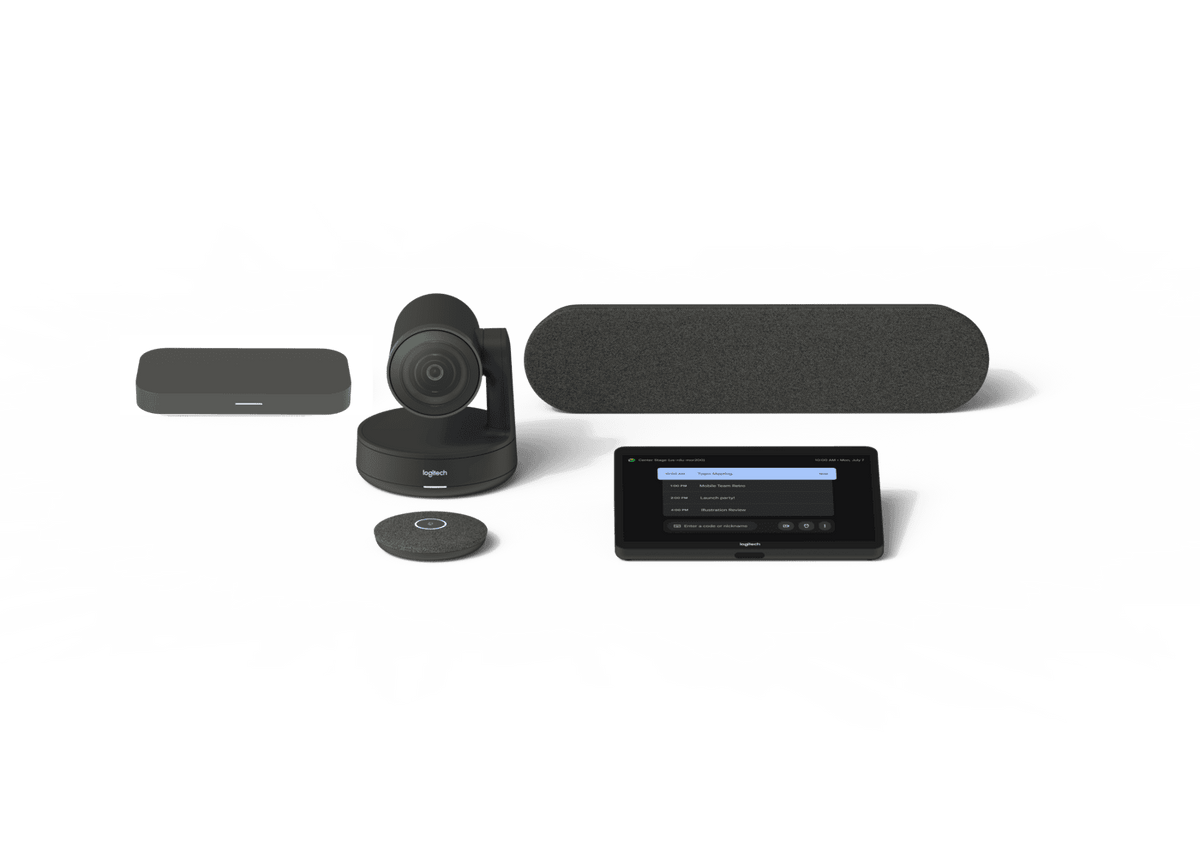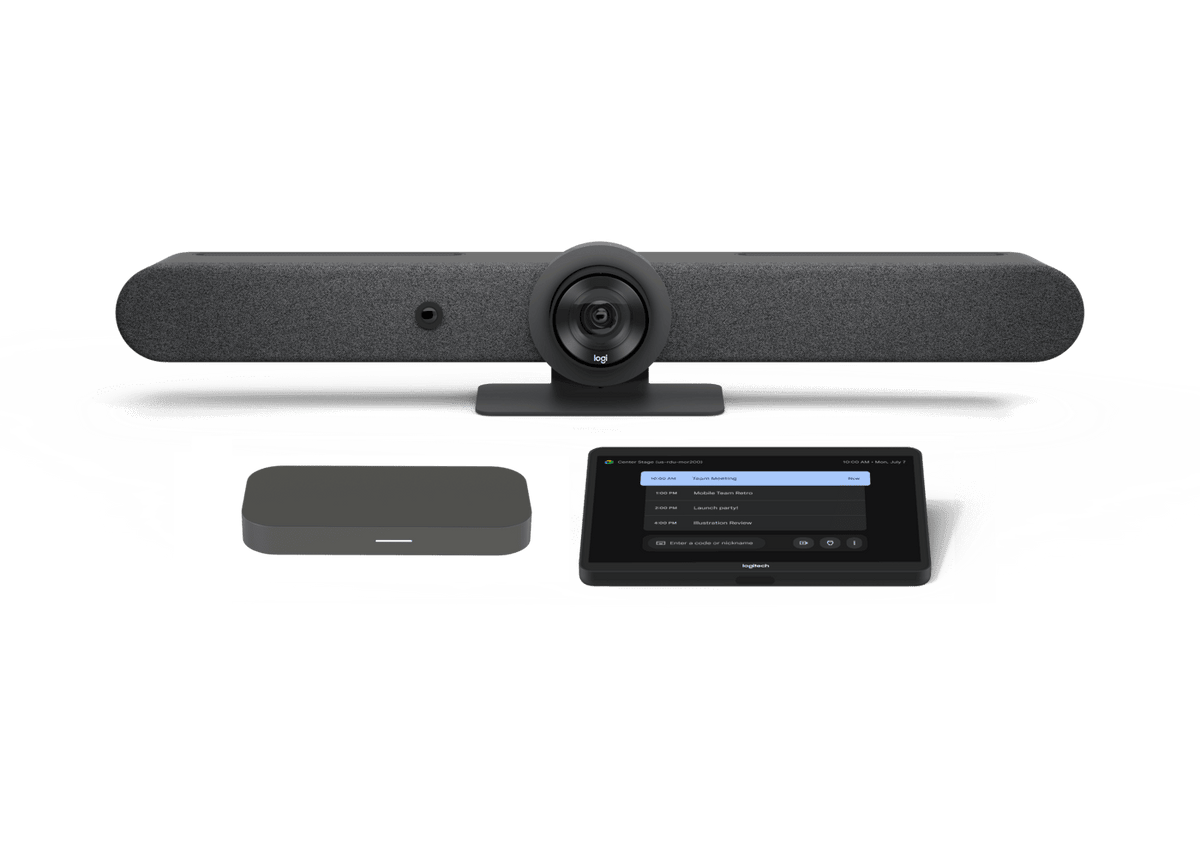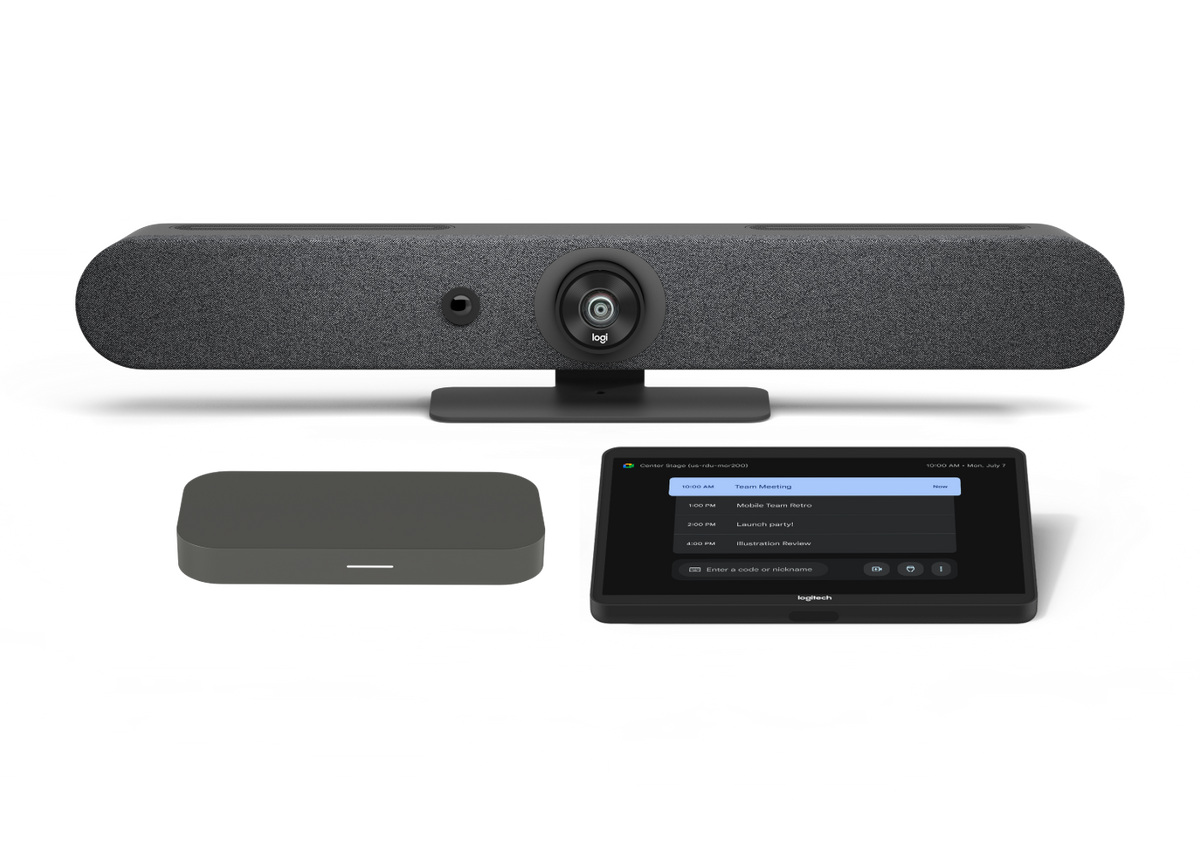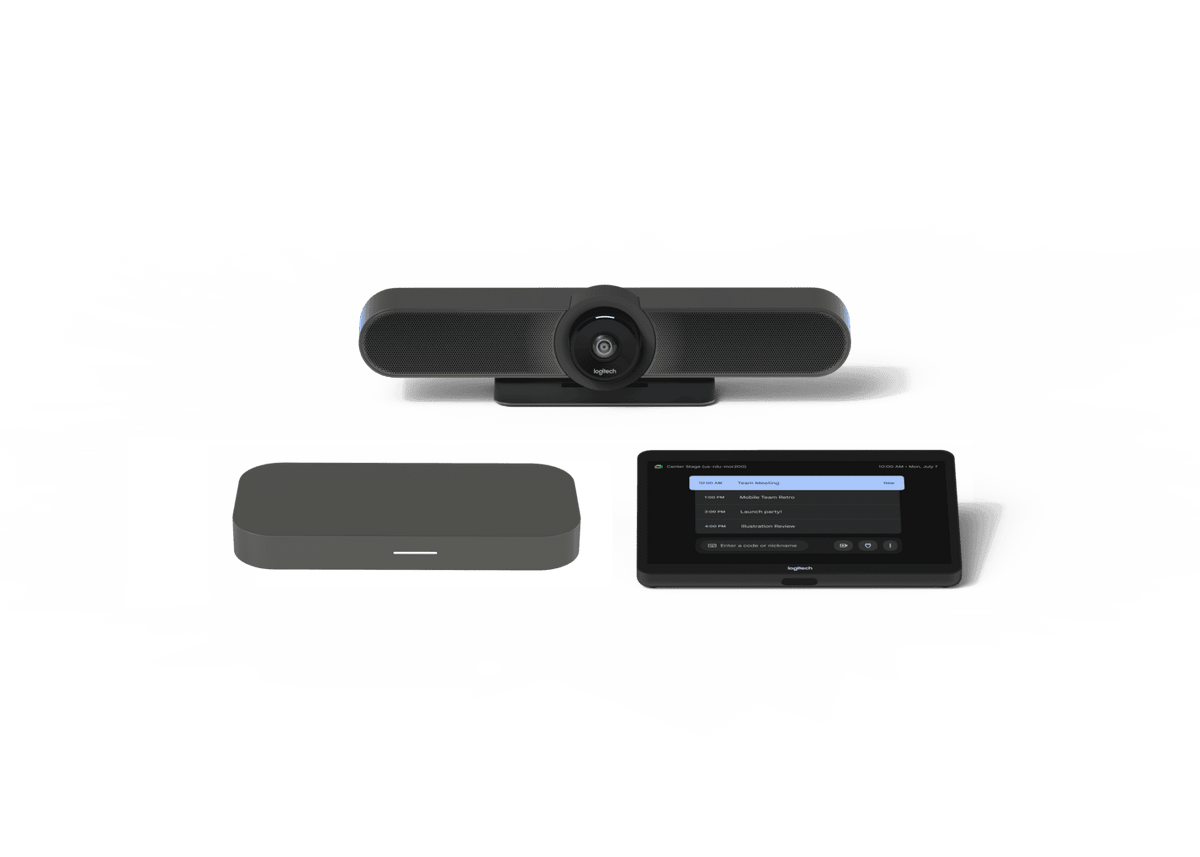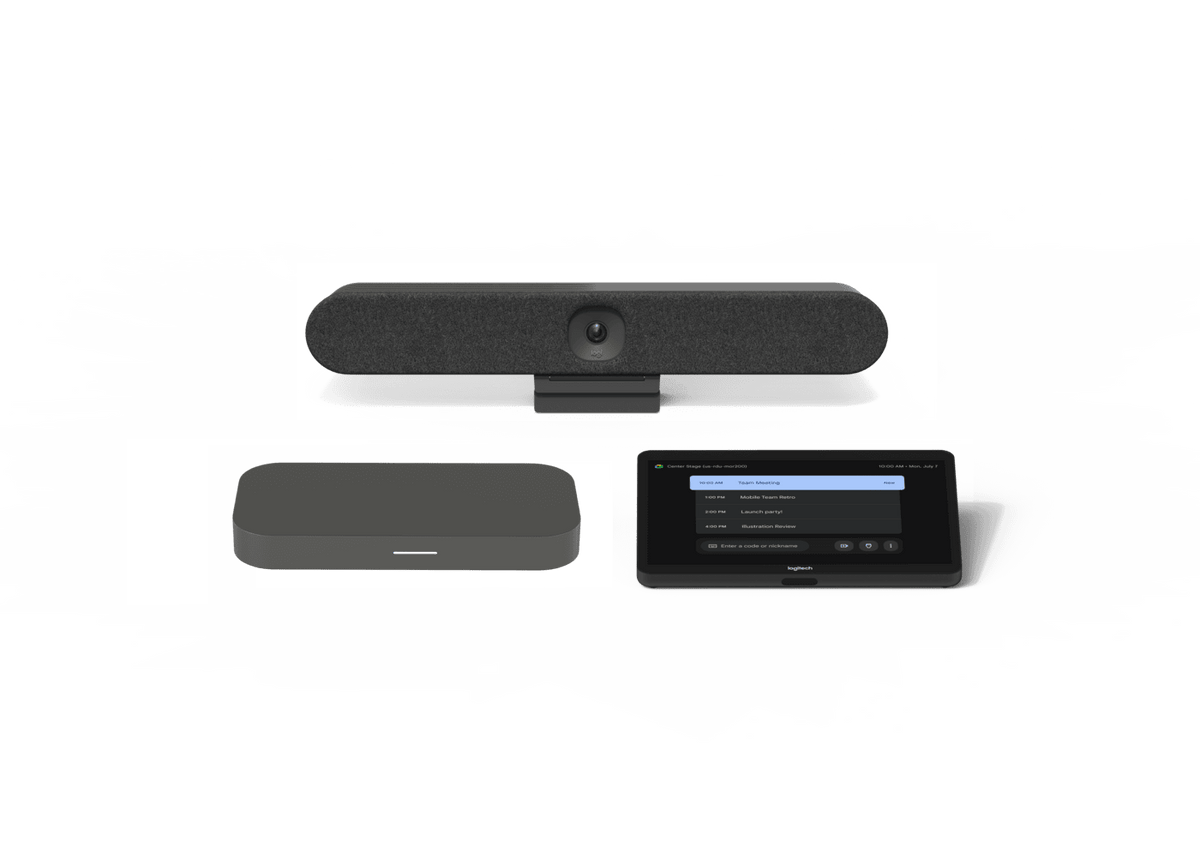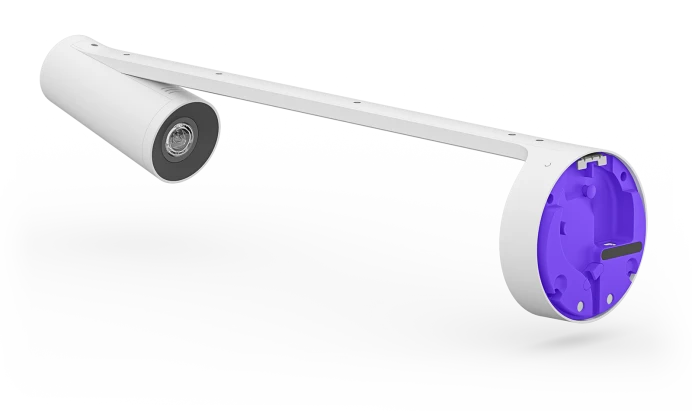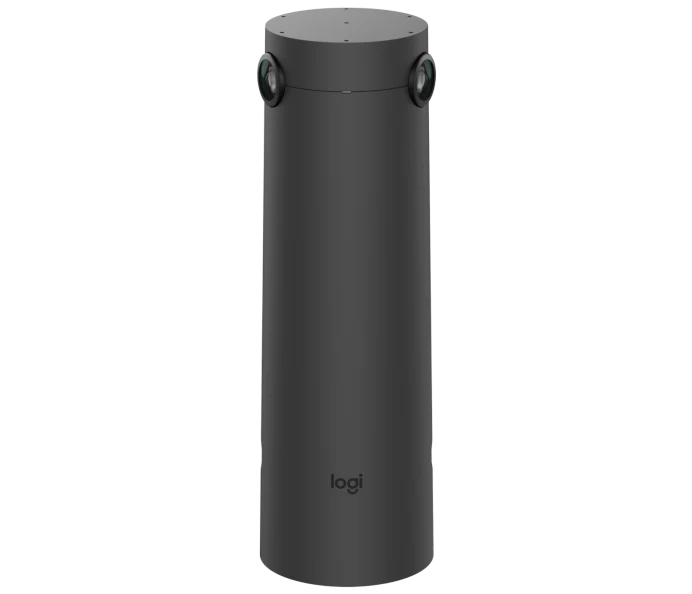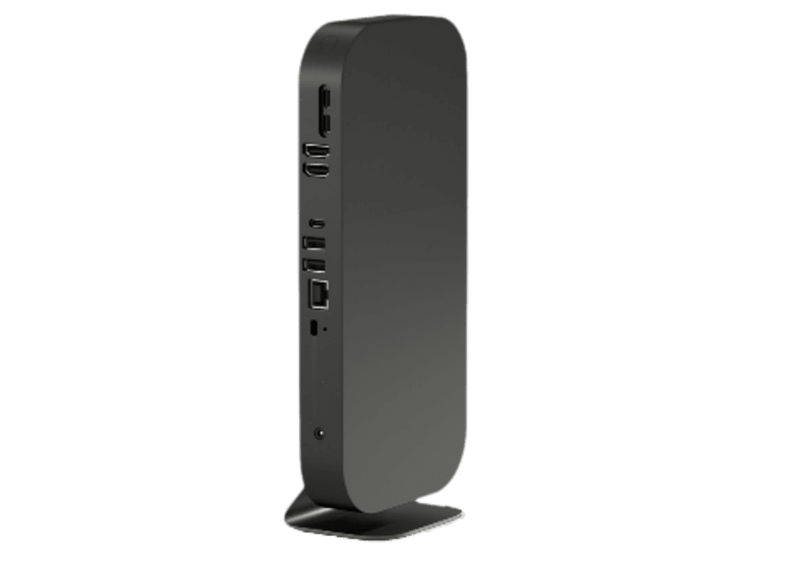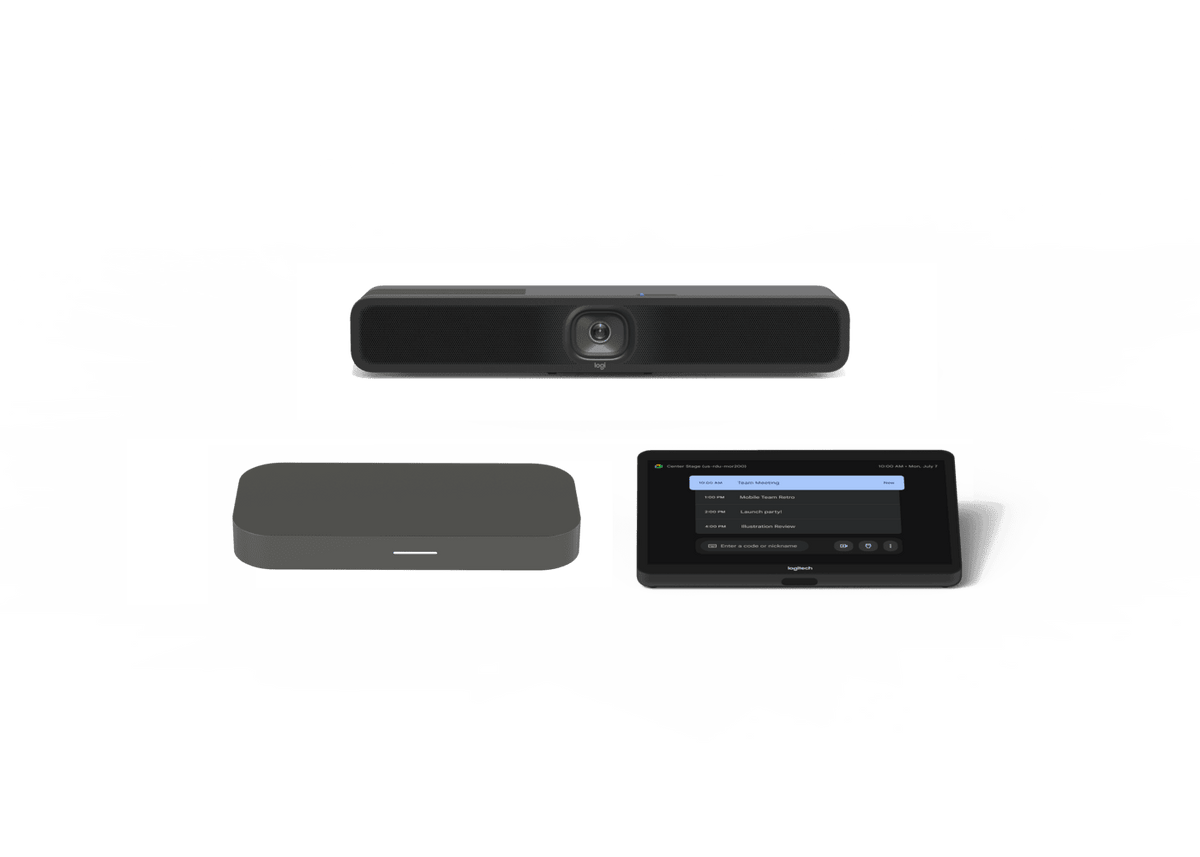For years, the 11.6” Chromebook has been the staple in K-12 classrooms. It's compact, lightweight, and often the most budget-friendly option. But recently, a new contender has been gaining traction: the 12.2” student Chromebook. While the difference in size may seem minimal on paper, that extra 0.6” of screen real estate can significantly impact the student learning experience.
So, what's the real difference, and why might a slightly larger screen be a better fit for your school? Let's break it down.
The 11.6” Chromebook: The Compact & Classic Choice
The 11.6” Chromebook earned its popularity for good reason:
-
Portability king. They are incredibly lightweight and easy for even young students to carry in their backpacks or move between classrooms.
-
Affordability. Generally, 11.6” models are the most cost-effective, allowing schools to stretch their budgets further for 1:1 initiatives.
-
Durability. Many 11.6” Chromebooks, like the CTL Chromebook NL73 Series, are built with military-grade durability (MIL-STD-810H), spill-resistant keyboards, and reinforced ports to withstand the rigors of student use.
These devices remain an excellent choice for elementary schools or any environment where ultimate portability and budget are the top priorities.
The 12.2” Chromebook: Enhanced Visibility and Productivity
Now, let's look at what that extra half-inch (and a bit more!) brings to the table with 12.2” Chromebooks:
-
More immersive visual experience. This is arguably the biggest benefit. That slightly larger screen translates to:
-
Reduced eye strain. Less squinting means more comfortable reading of digital textbooks, articles, and long assignments. This can be a game-changer for students who spend hours on their devices.
-
Better clarity and detail. Images, diagrams, and video content appear larger and clearer, enhancing comprehension and engagement.
-
Improved multitasking. While Chrome OS excels at multitasking, a larger screen makes it far more practical to use split-screen mode, allowing students to view a document and take notes simultaneously, or reference a research article while writing an essay.
-
Optimized for modern learning applications. Today's curriculum often involves more dynamic and visually rich applications. A 12.2” display handles these better:
-
Video conferencing. For hybrid learning models or virtual guest speakers, a larger screen provides a more natural and less cramped view of participants.
-
Creative tools. Drawing, coding, or using design software becomes more precise and less cumbersome on a larger canvas.
-
Interactive content. Engaging with simulations, virtual labs, or interactive quizzes is more effective when the elements are clearly visible and easily clickable.
-
Often features higher resolution. Many 12.2” Chromebooks come with WUXGA (1920x1200) resolution, offering a crisper and more detailed image compared to the standard HD (1366x768) often found on 11.6” models. This higher pixel density further enhances the visual experience.
-
More comfortable keyboard and trackpad. A larger chassis often allows for a more spacious and comfortable keyboard layout, reducing finger cramping and improving typing speed. The trackpad may also be larger, offering more precise cursor control.
-
Still highly portable, while slightly larger. 12.2” Chromebooks are still remarkably portable. They fit easily into most student backpacks and remain lightweight enough for daily transport. Devices like the CTL Chromebook PX121E strike an excellent balance, offering that enhanced screen size without sacrificing the robust, classroom-ready design and portability CTL is known for.
Making the Right Choice for Your Students
The choice between an 11.6” and a 12.2” Chromebook ultimately depends on your school's specific needs and budget.
-
If maximum portability and the lowest possible cost are your absolute top priorities, the 11.6” model remains a strong contender.
-
However, if you're looking to provide a more comfortable, immersive, and productive learning experience that better supports modern digital curricula, the 12.2” Chromebook offers a compelling upgrade for a minimal increase in size and cost.
Consider piloting both sizes with your students and teachers to gather feedback. The subtle difference in screen size can lead to a significant improvement in how students interact with their learning materials, making a 12.2” Chromebook a smart investment for the evolving K-12 classroom.
The Value of an IT Lifecycle Partnership
A modern technology strategy extends far beyond the initial purchase of hardware. The most successful institutions partner with a provider who supports the entire technology lifecycle. When building your information technology for trade schools plan, look for a provider that offers the following:
-
1:1 program consulting and planning. A good provider offers personalized service and can customize a technology program to fit your school's unique needs, from device selection to program rollout.
-
Deployment & management. Device deployment can be a huge time sink. Partner with a provider who offers time-saving services like Zero-Touch Enrollment (ZTE) and white-glove setup. These services ensure that new devices are automatically configured and ready for students to use from day one.
-
Maintenance & support. Device downtime directly impacts learning. A strong lifecycle partner offers expert repair services with a quick turnaround time to minimize disruptions. They also provide access to genuine parts and ongoing service to extend the life of your technology. Be sure to investigate protection plans for all your devices, including accidental damage plans.
-
End-of-life & ITAD. A comprehensive IT Asset Disposition (ITAD) program enhances your school's sustainability and helps you reclaim value from old equipment. ITAD is a strategic process that helps institutions trade in old devices for recycling or credit toward new purchases. Look for a provider who also offers certified data destruction to securely wipe any sensitive student data, providing auditable proof of compliance.

